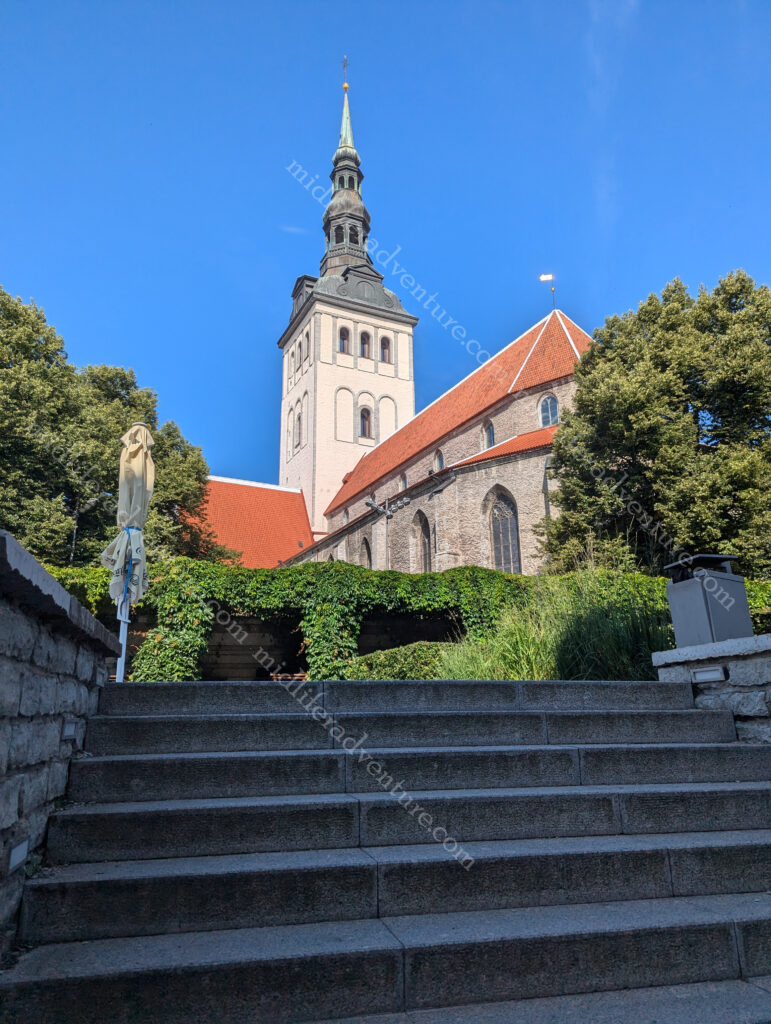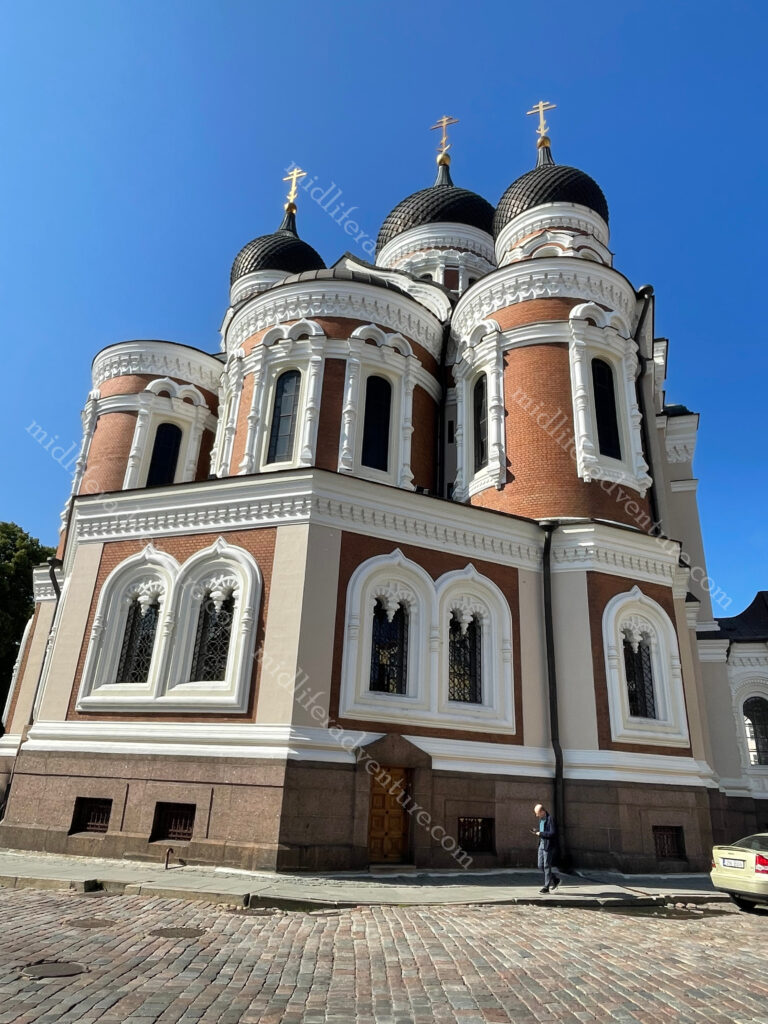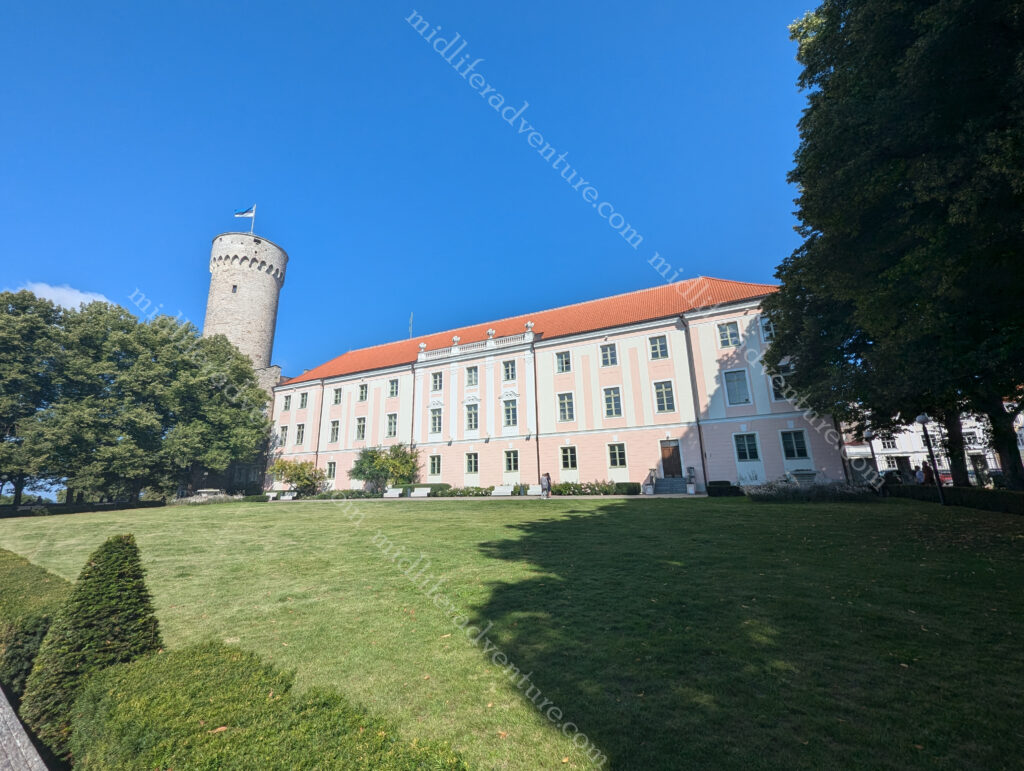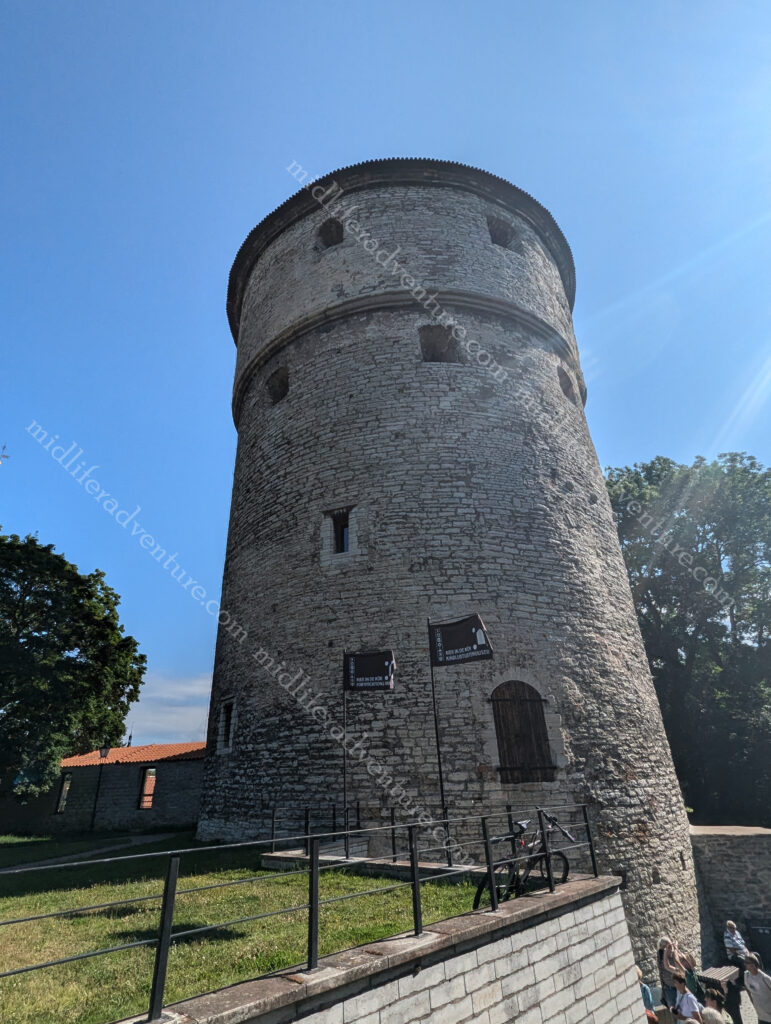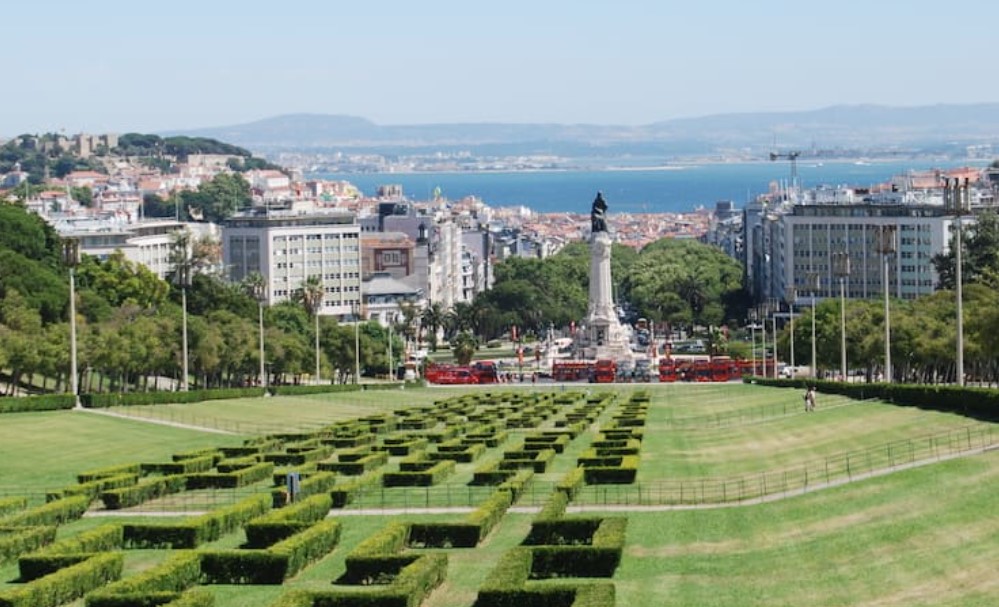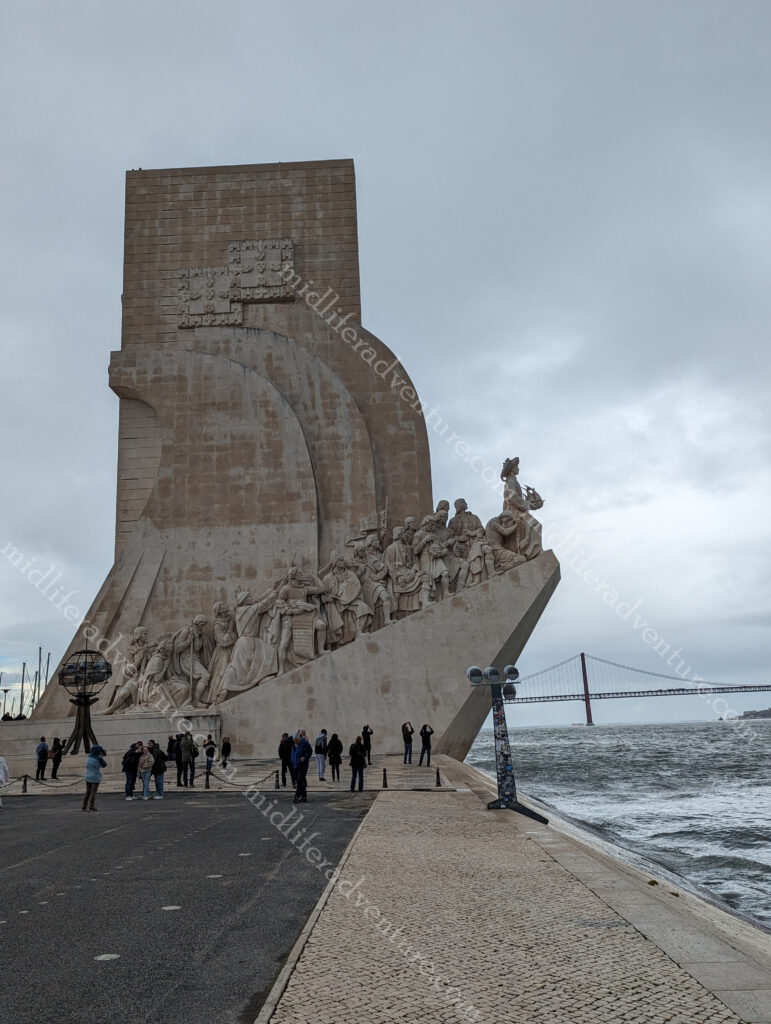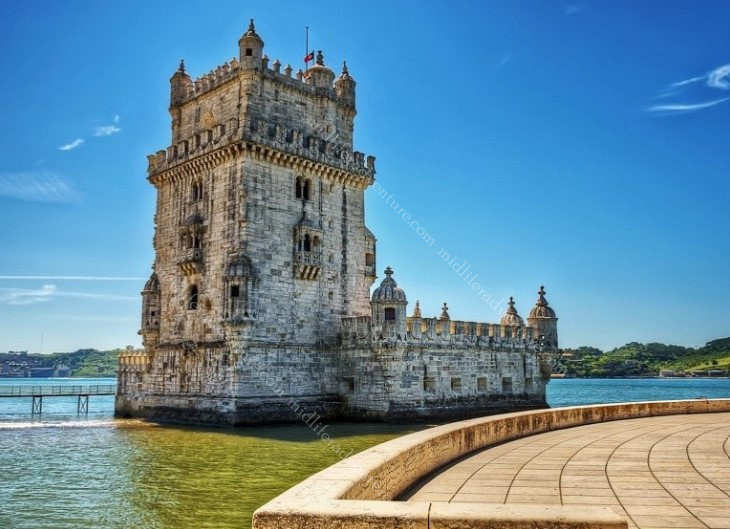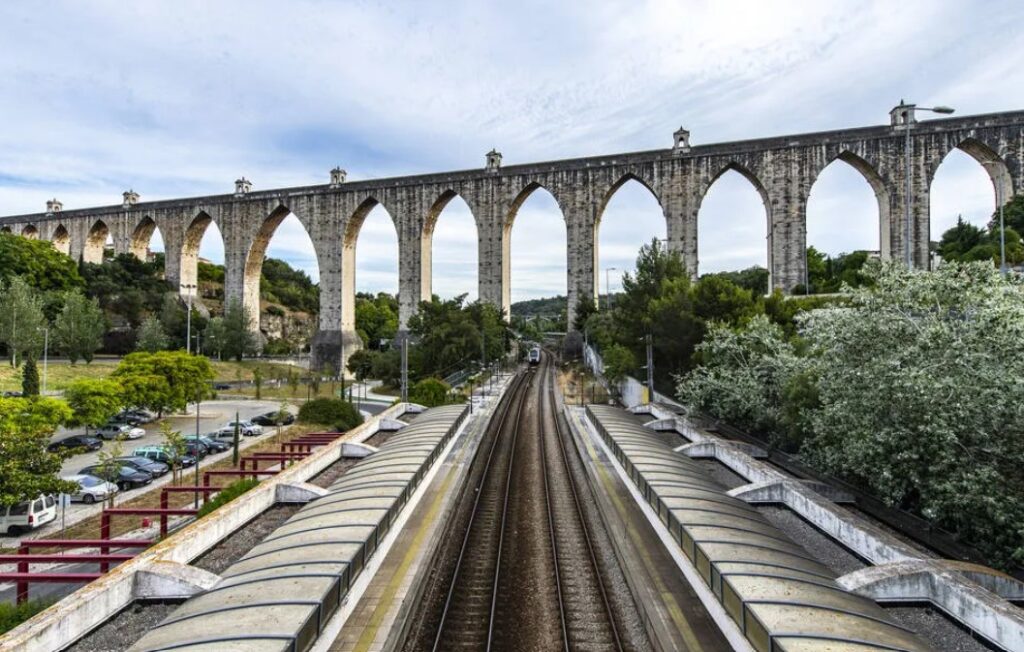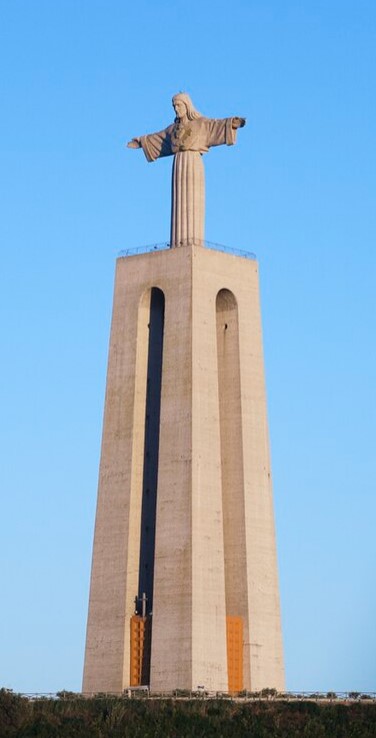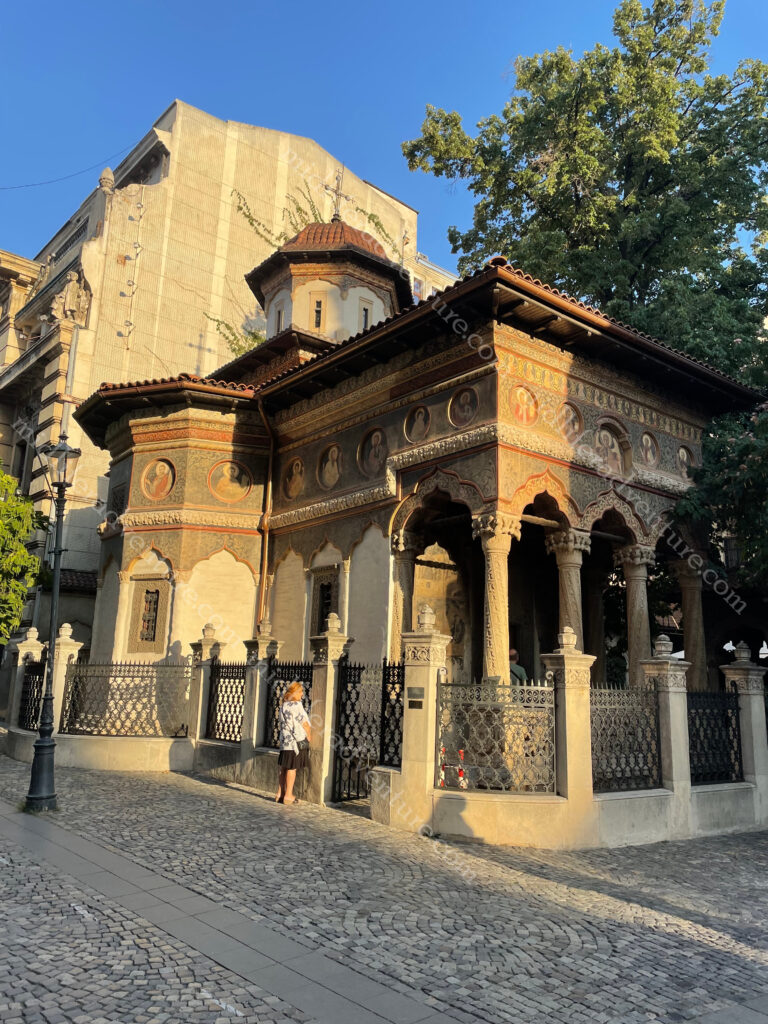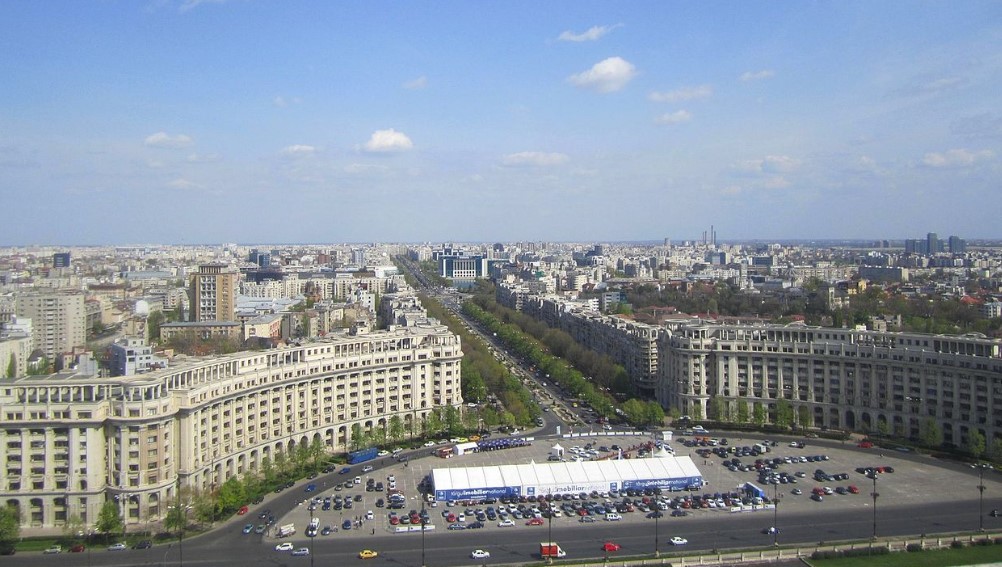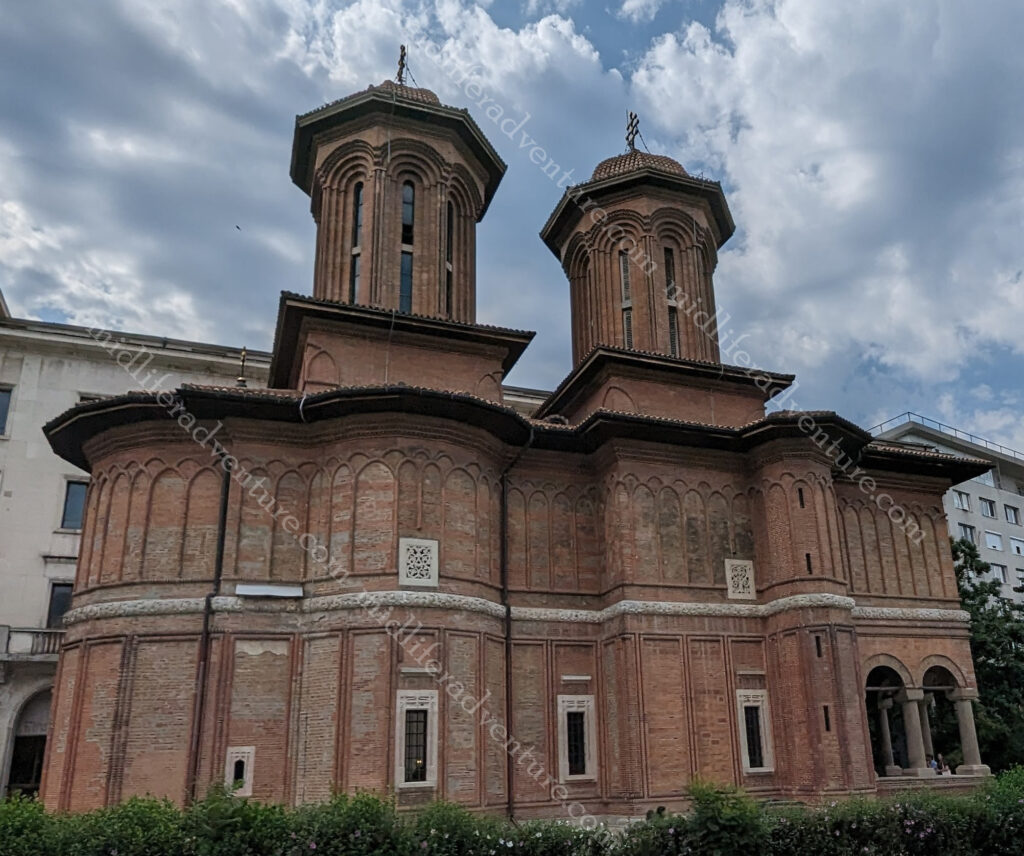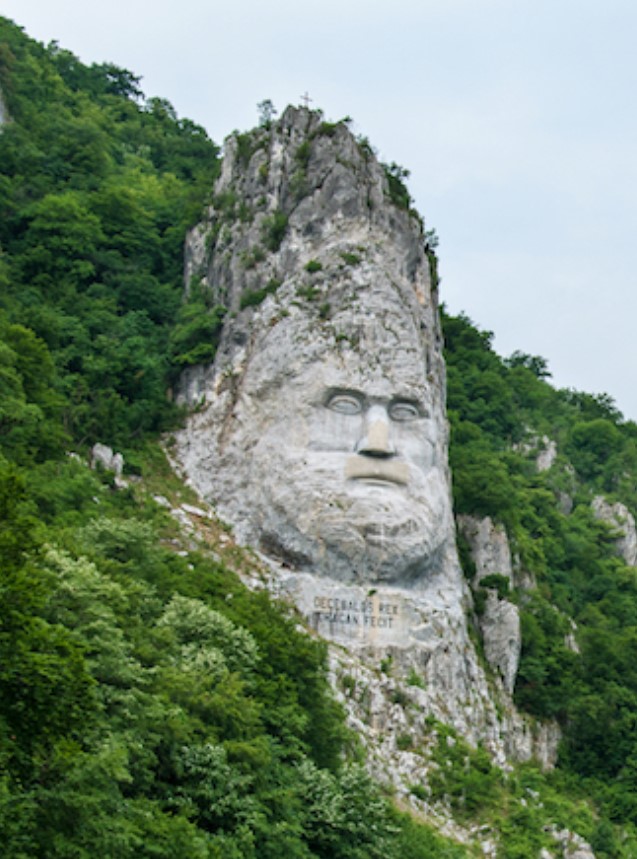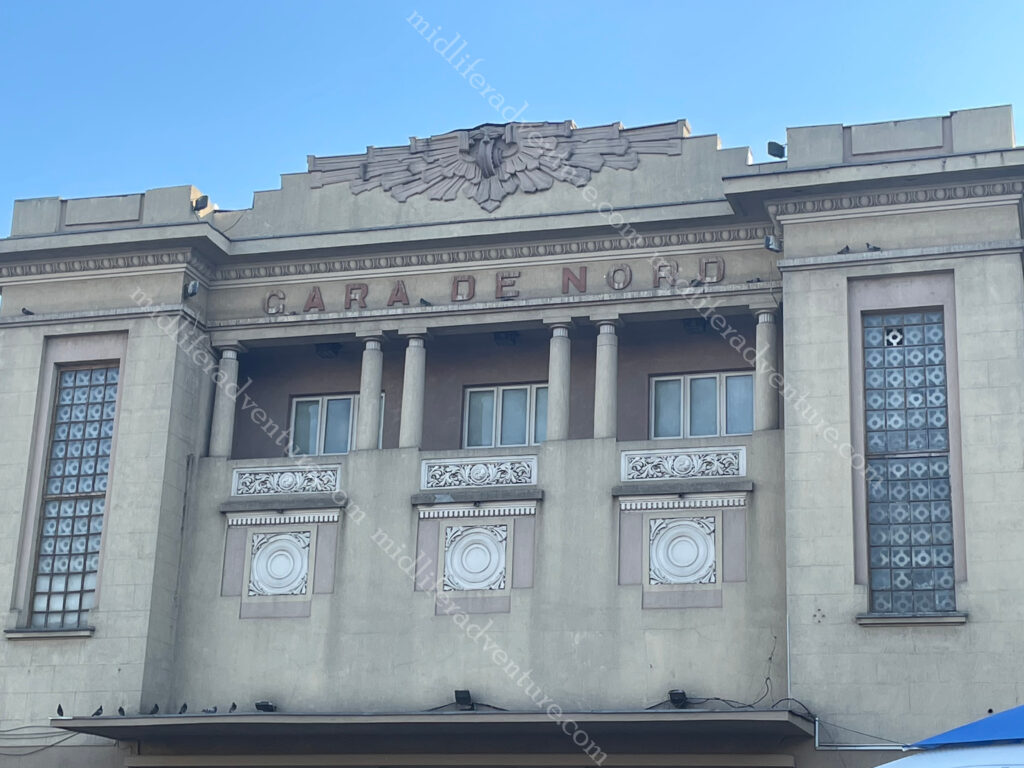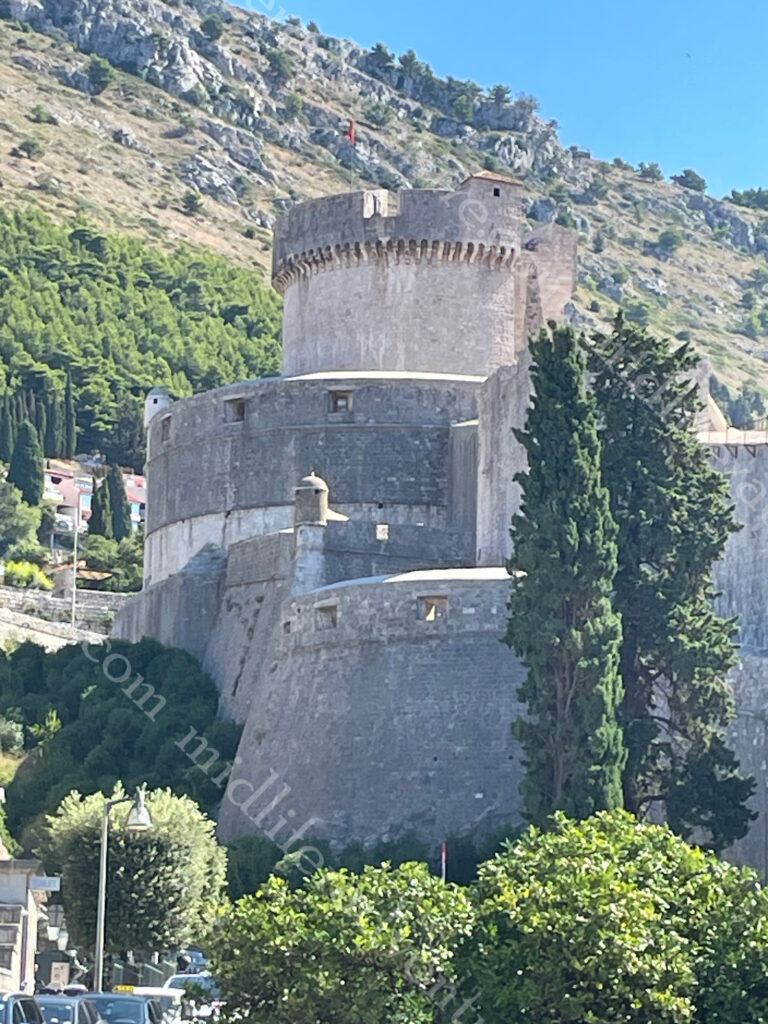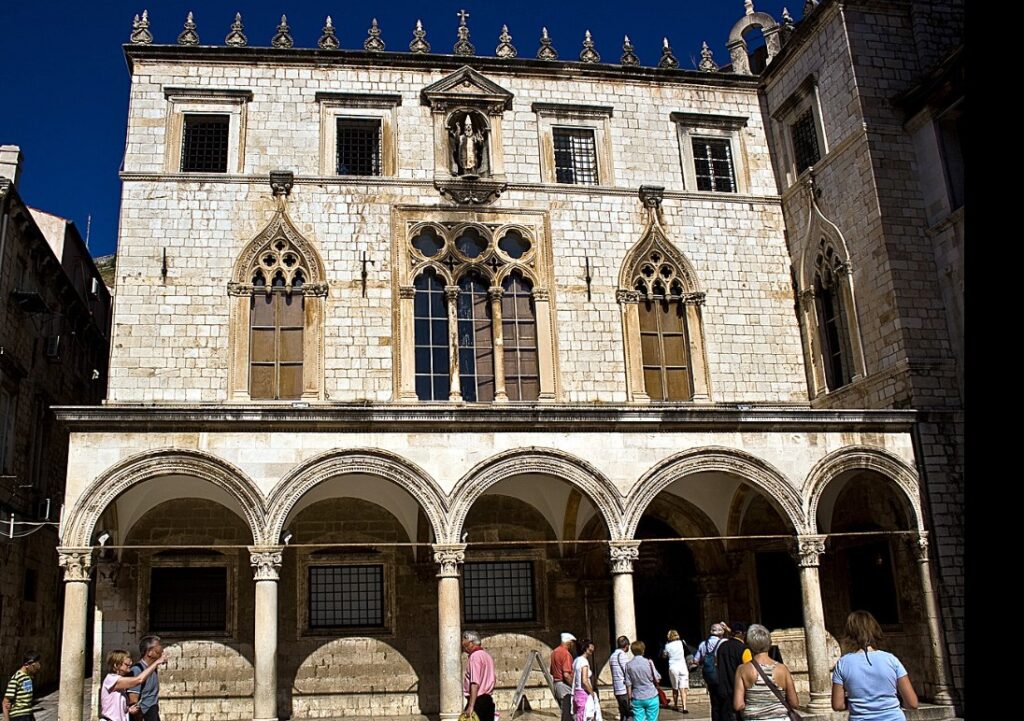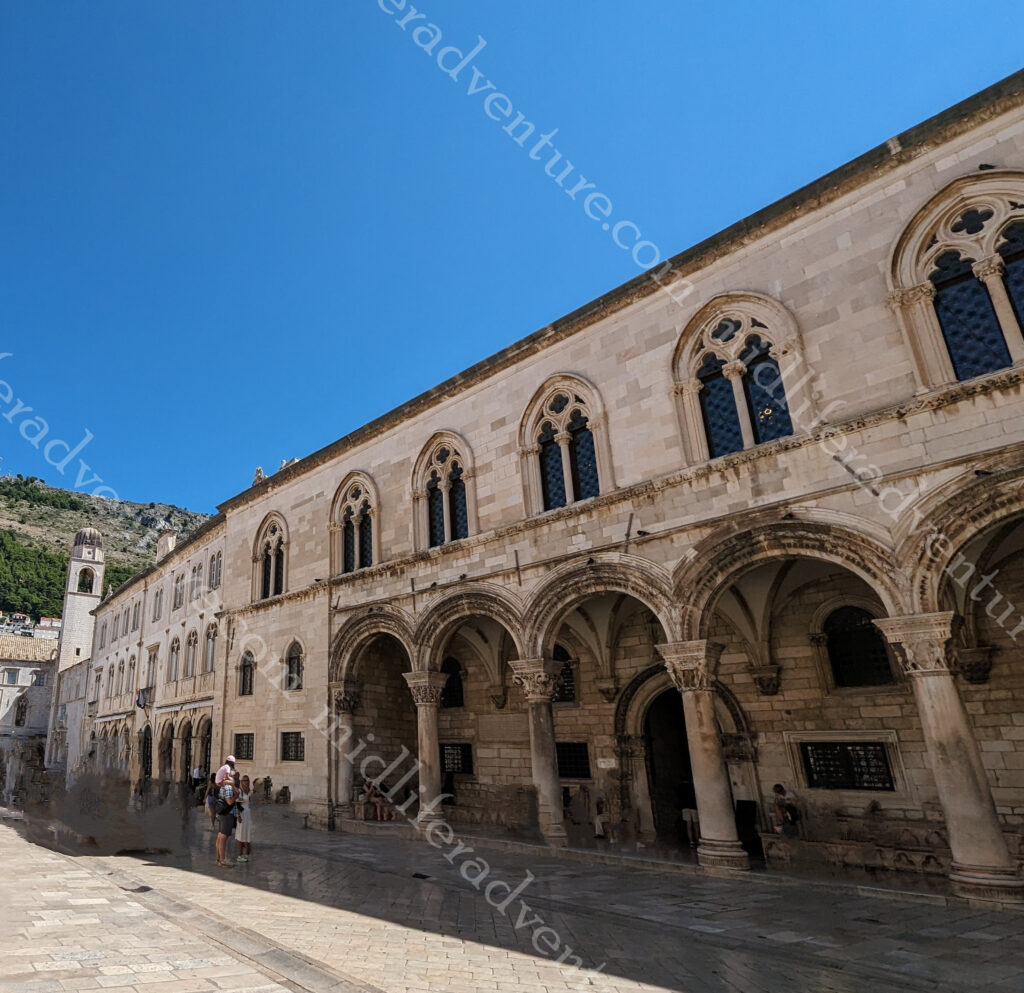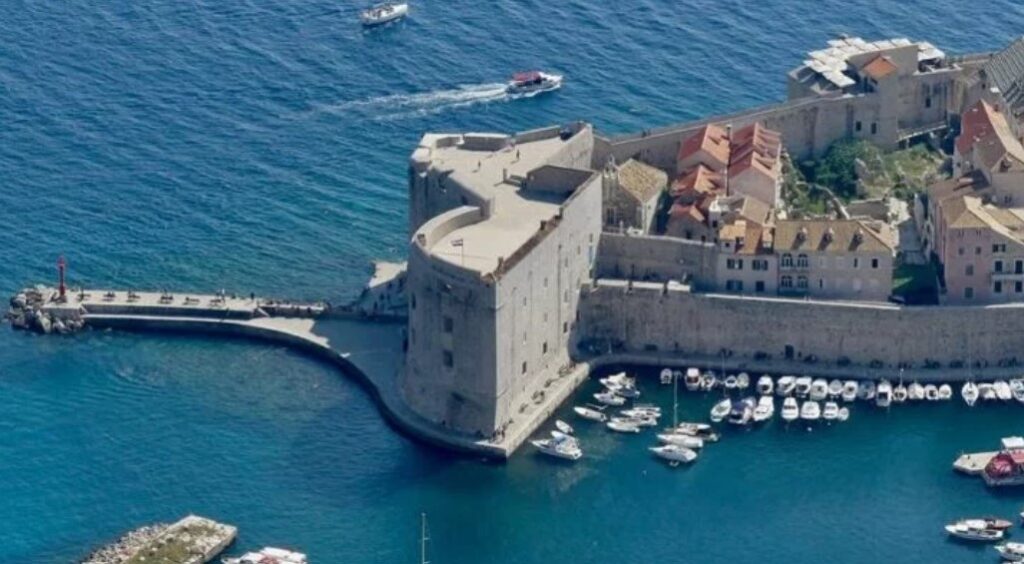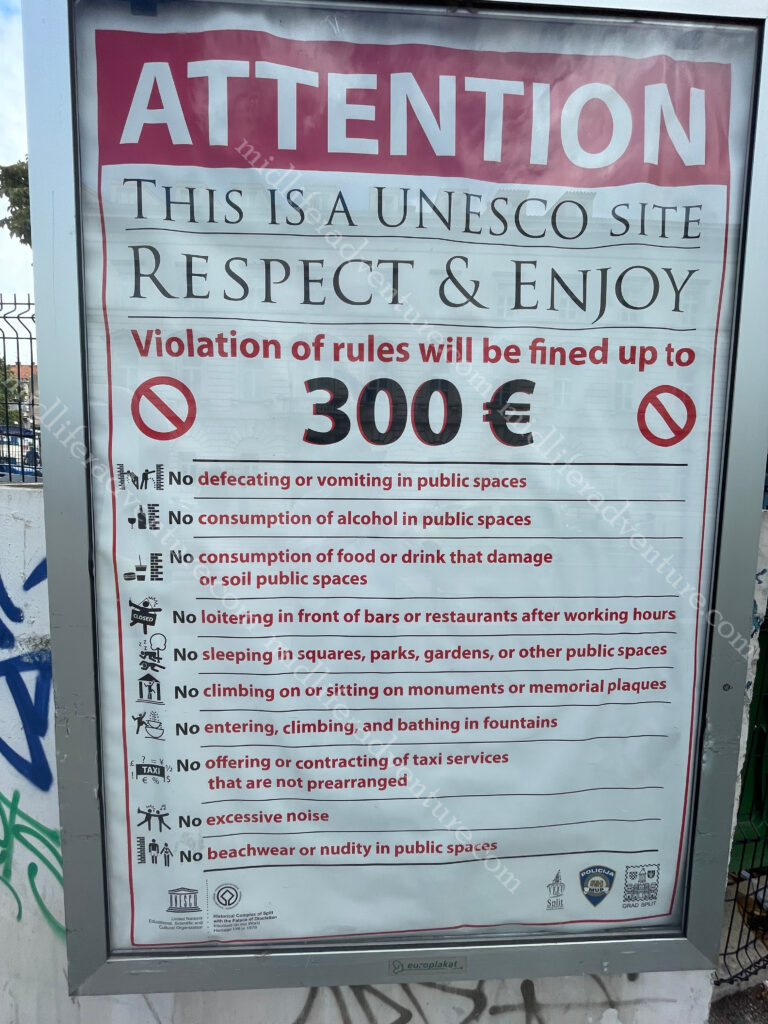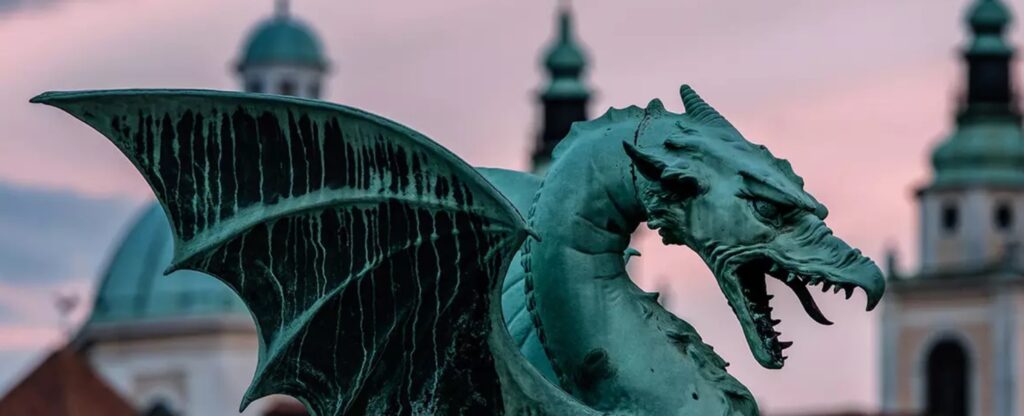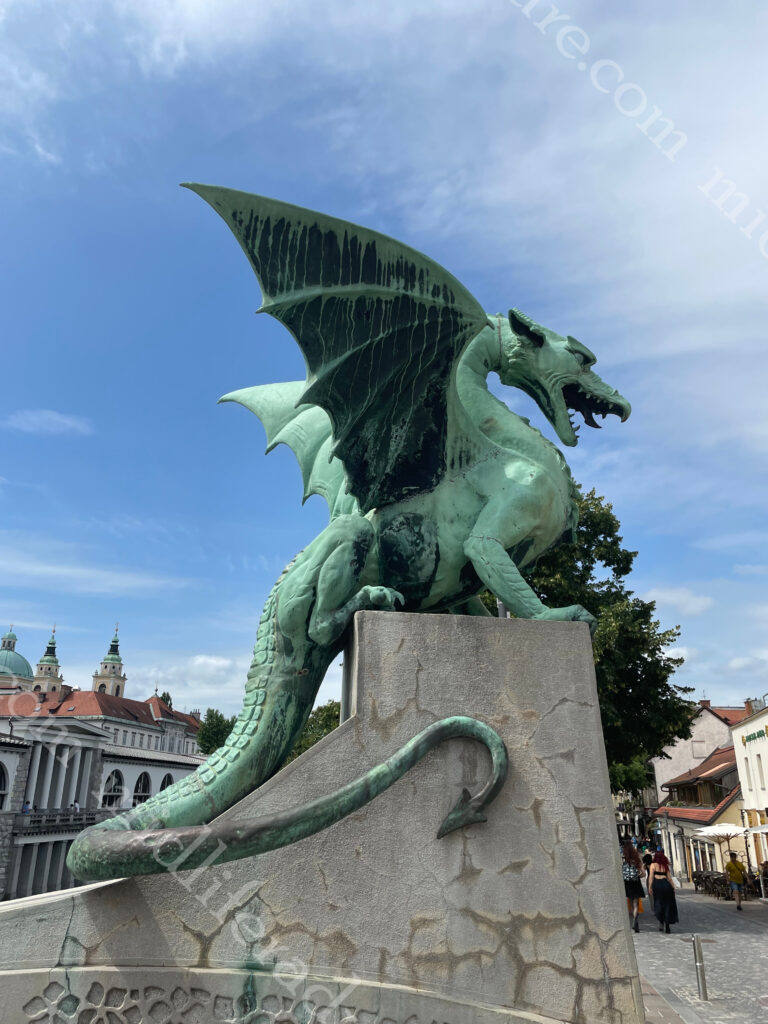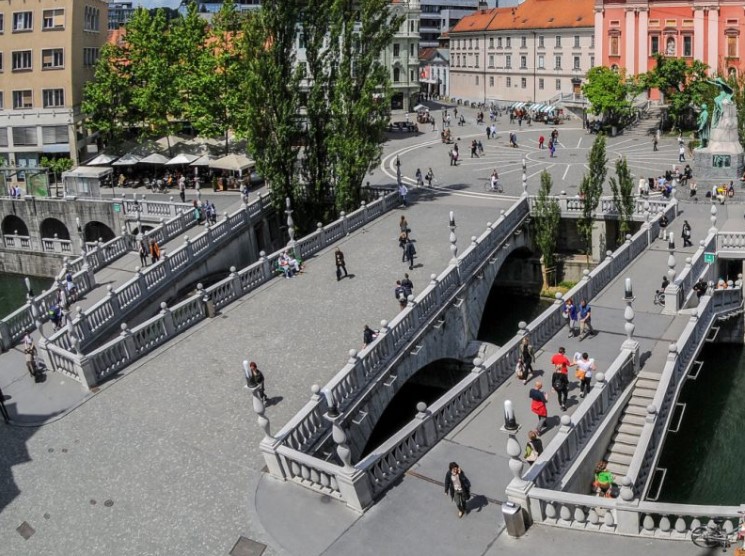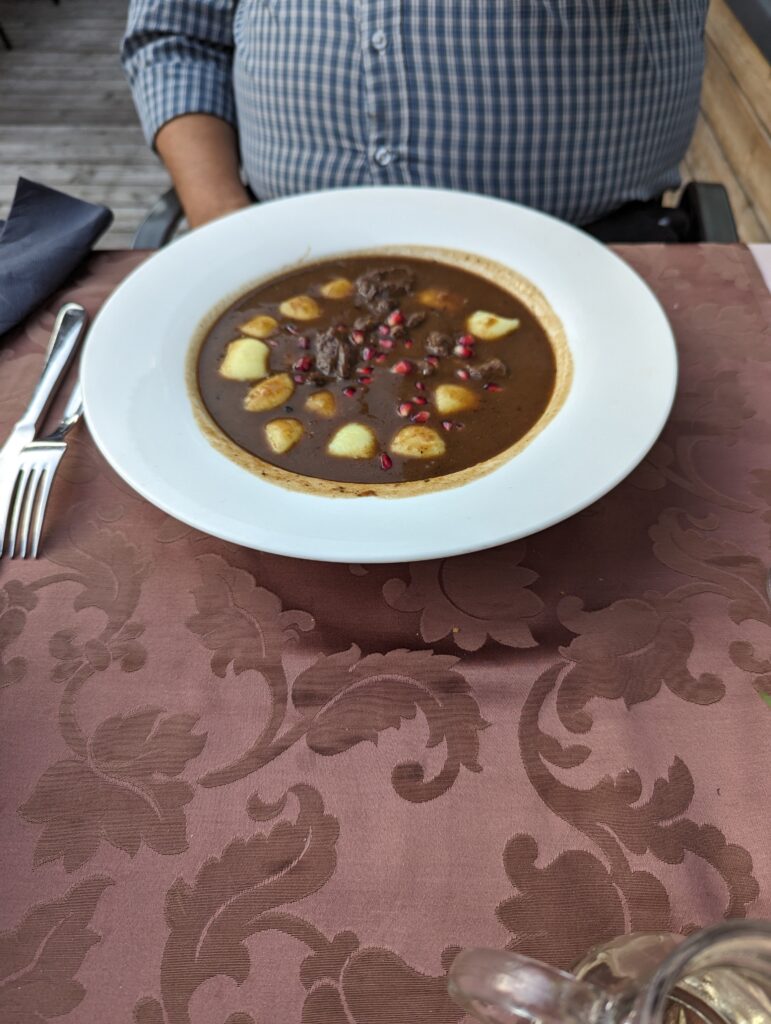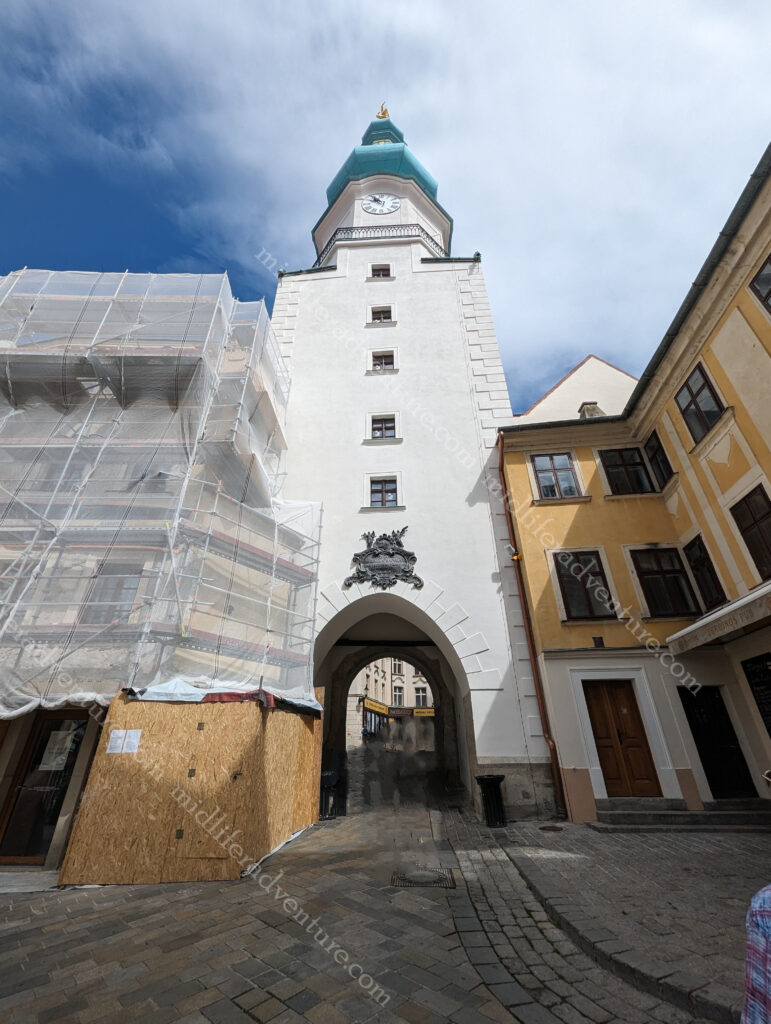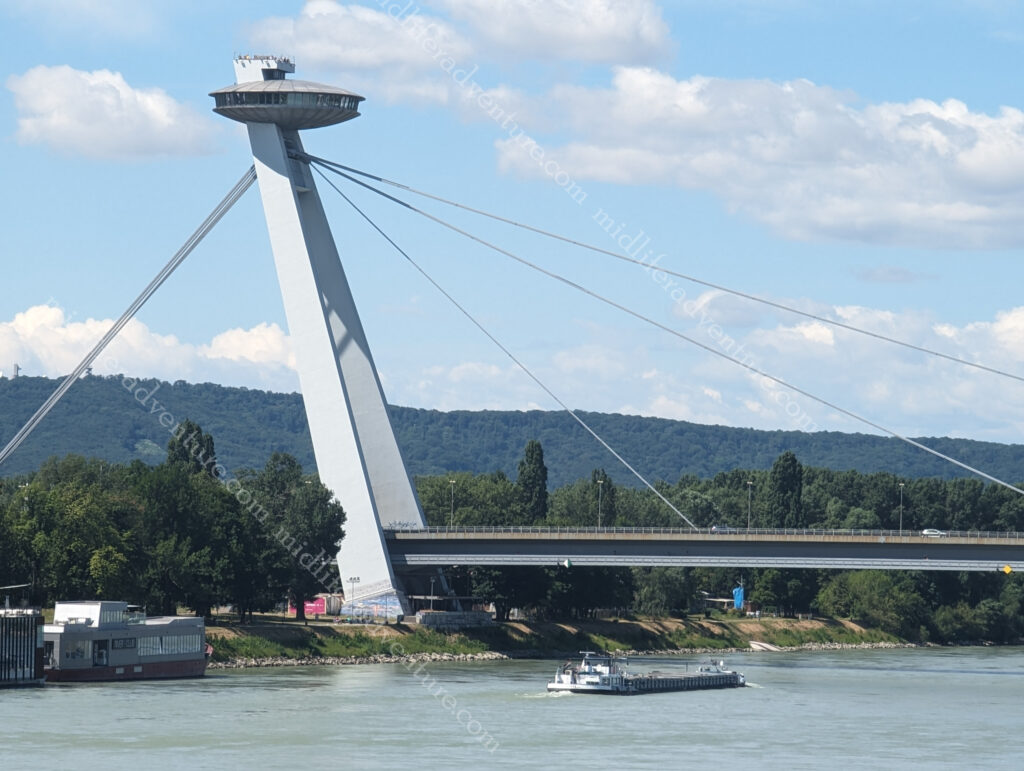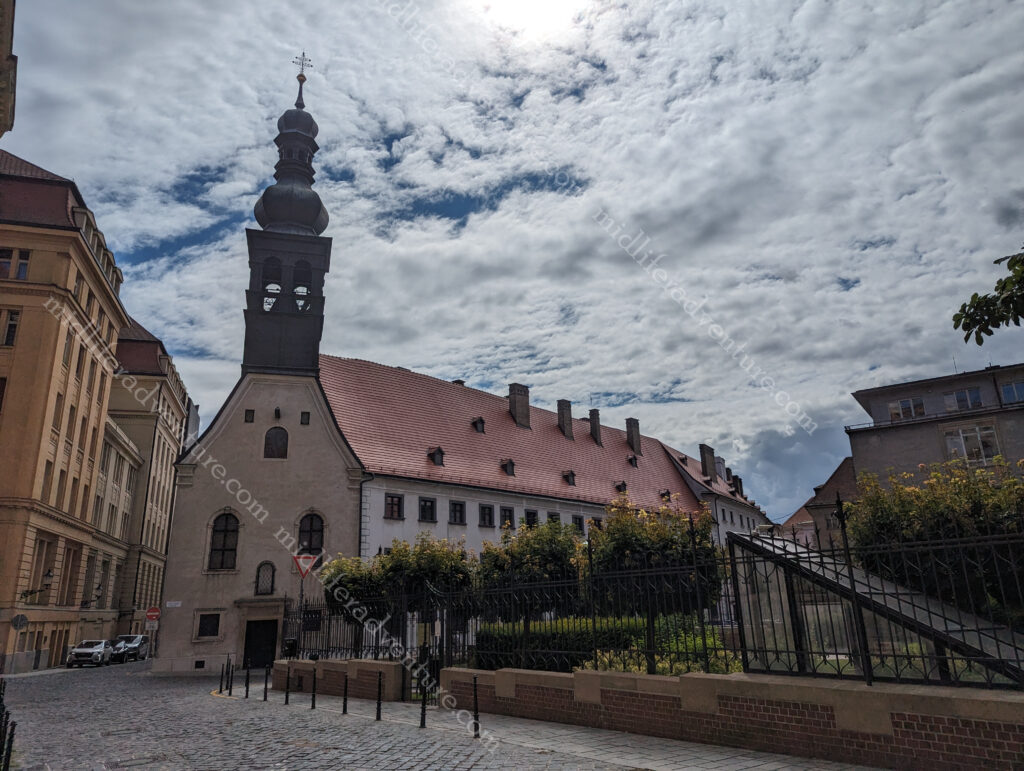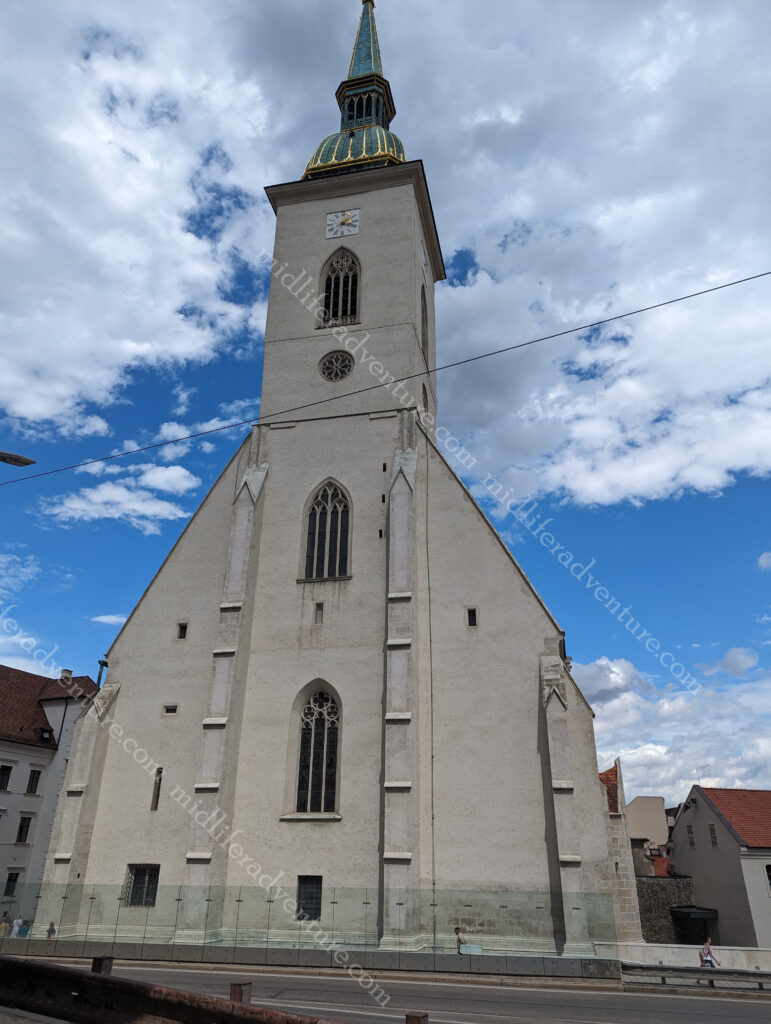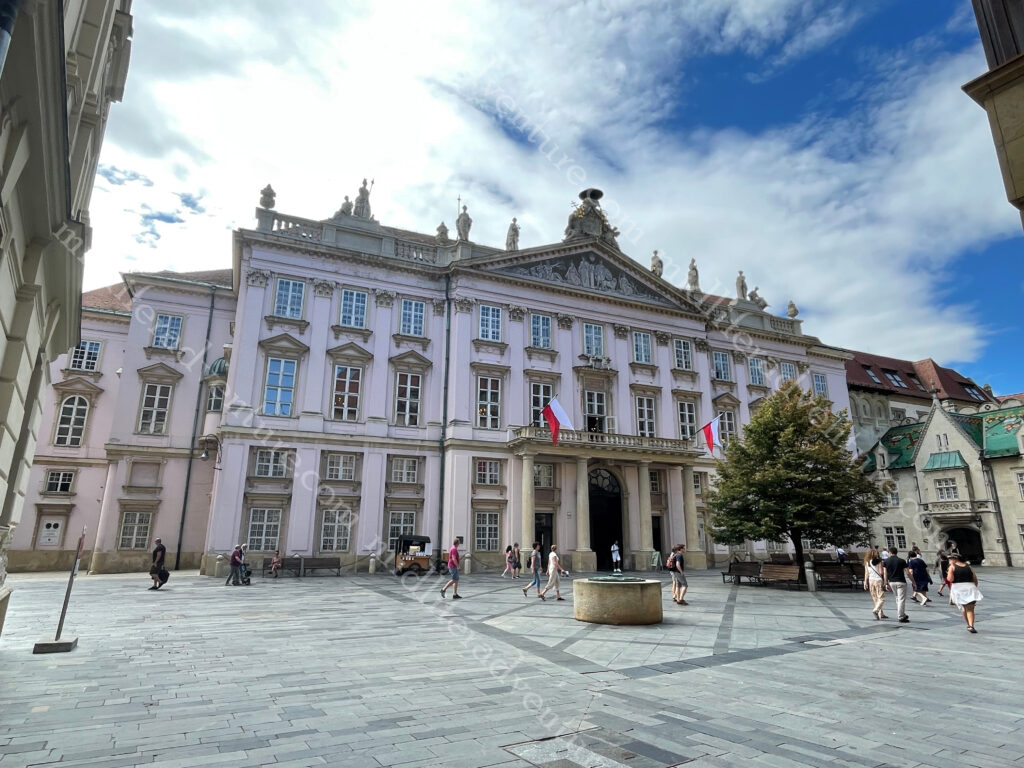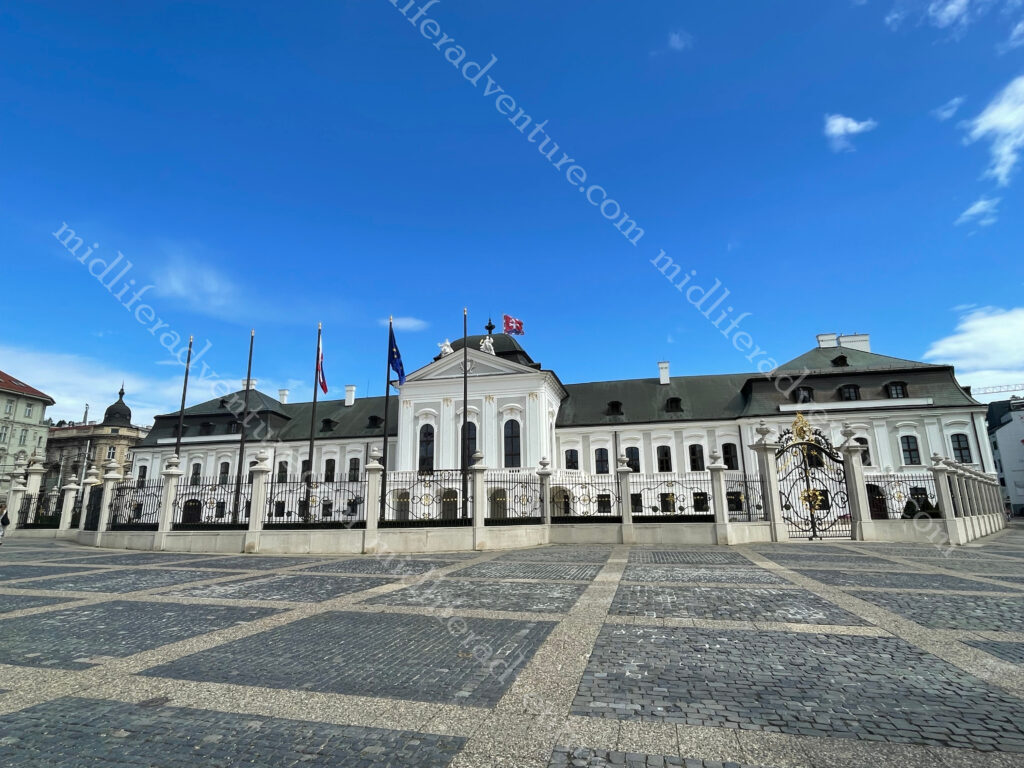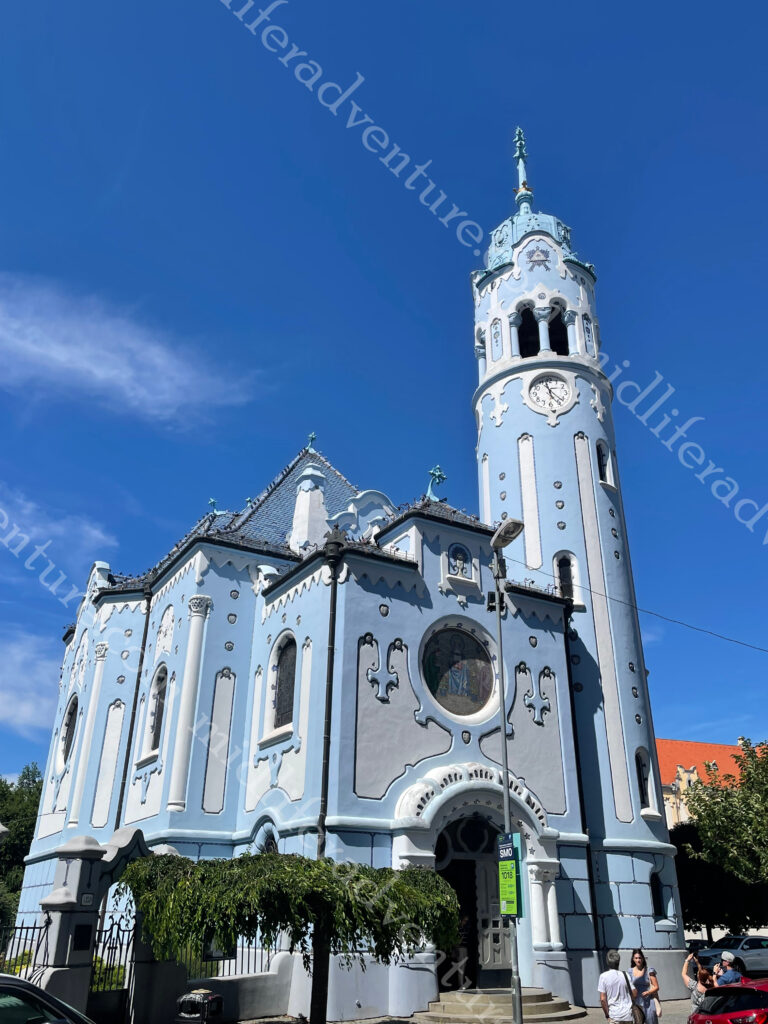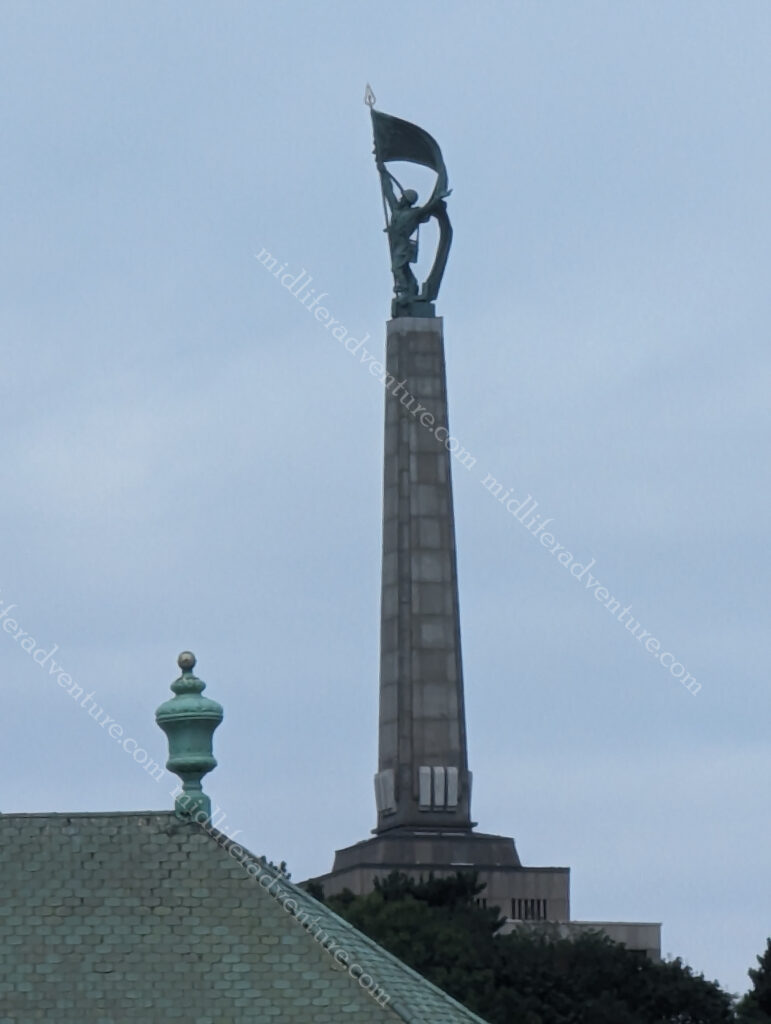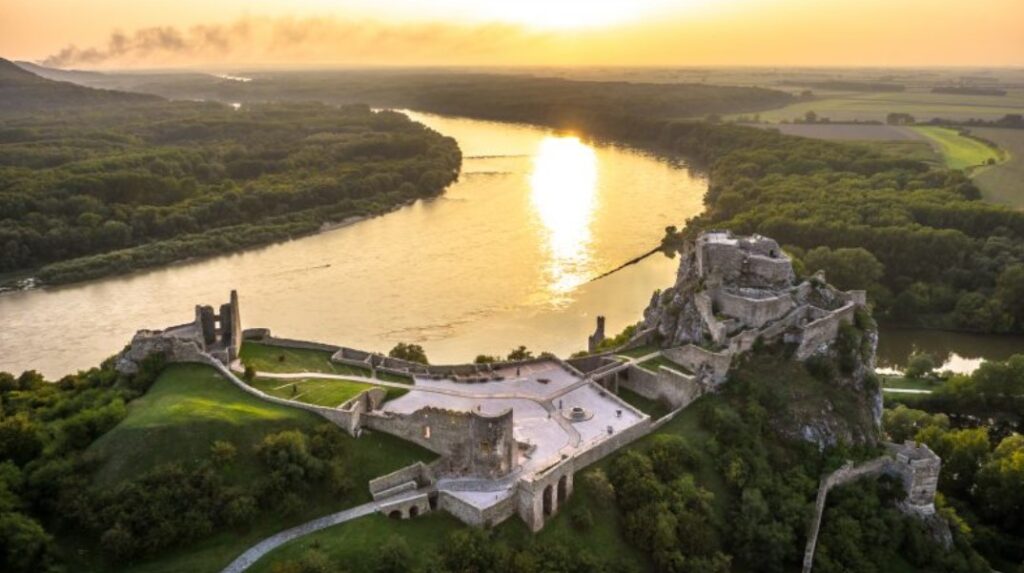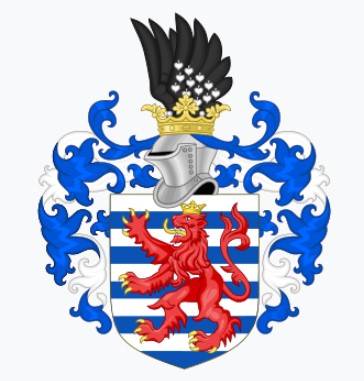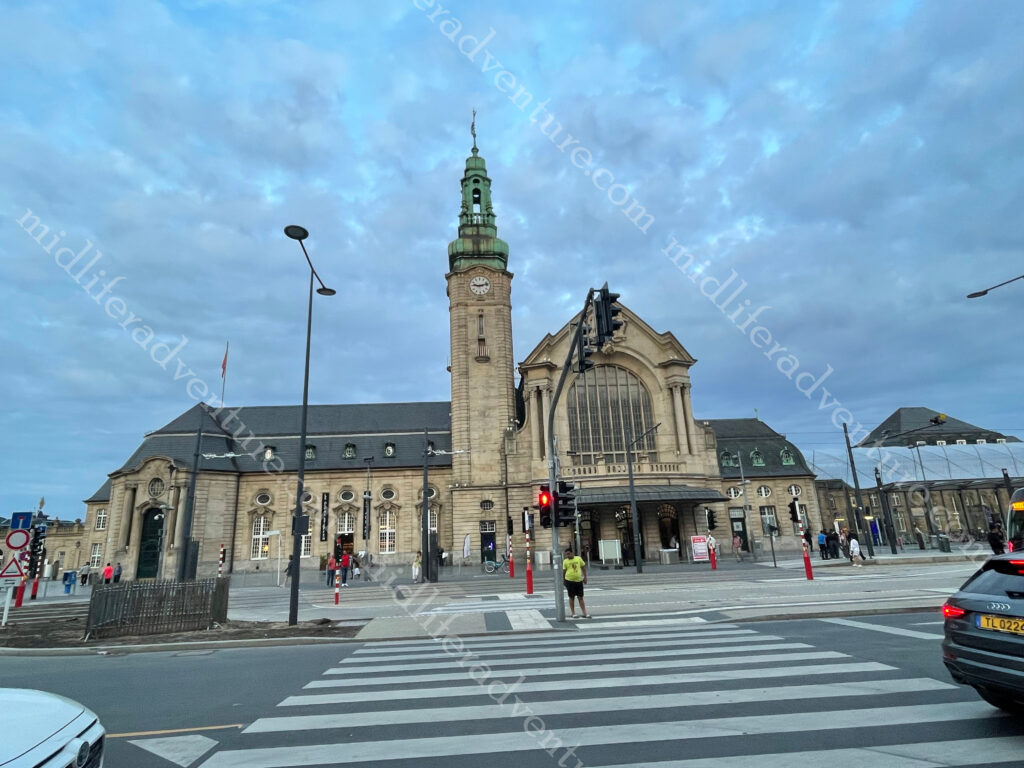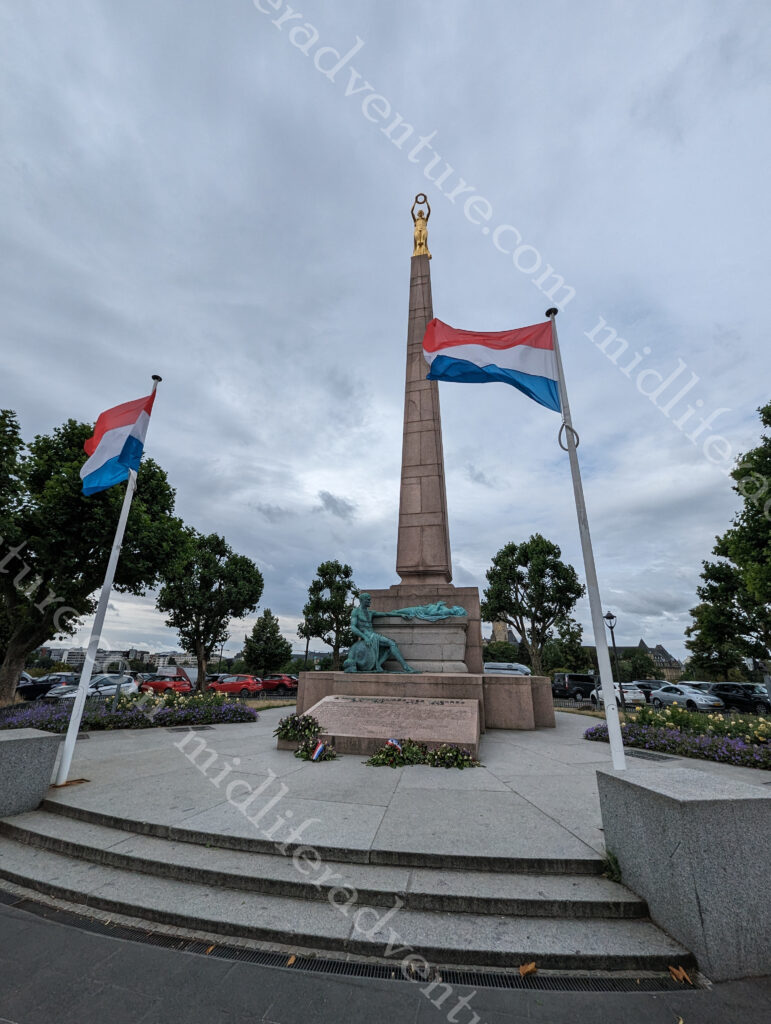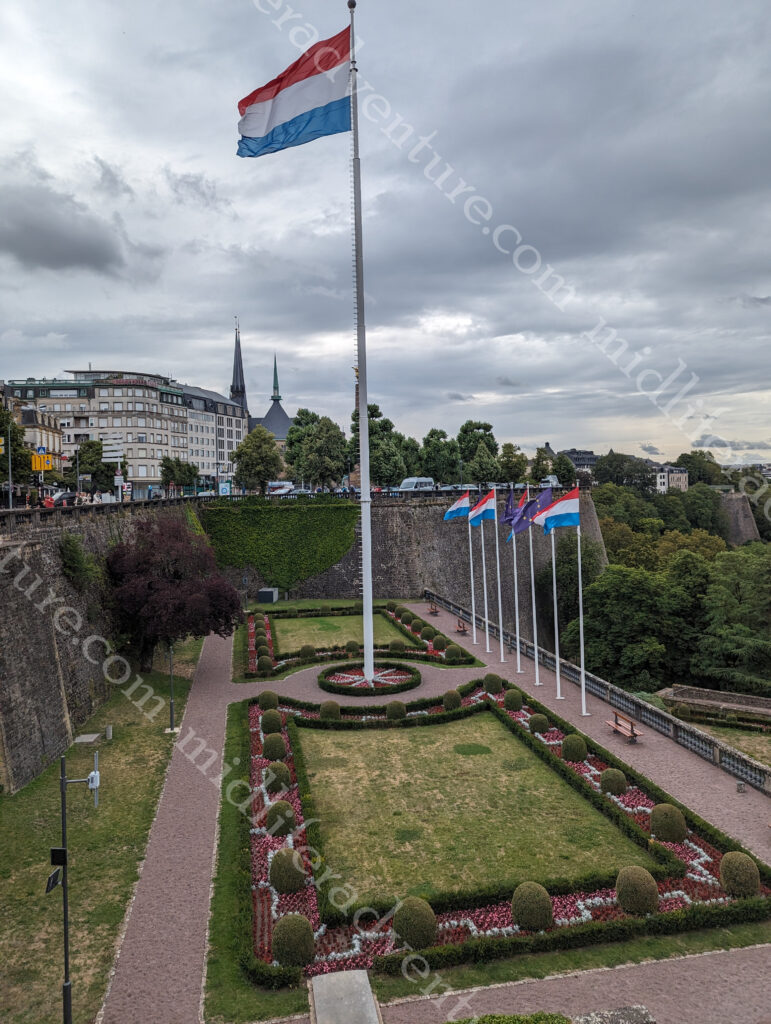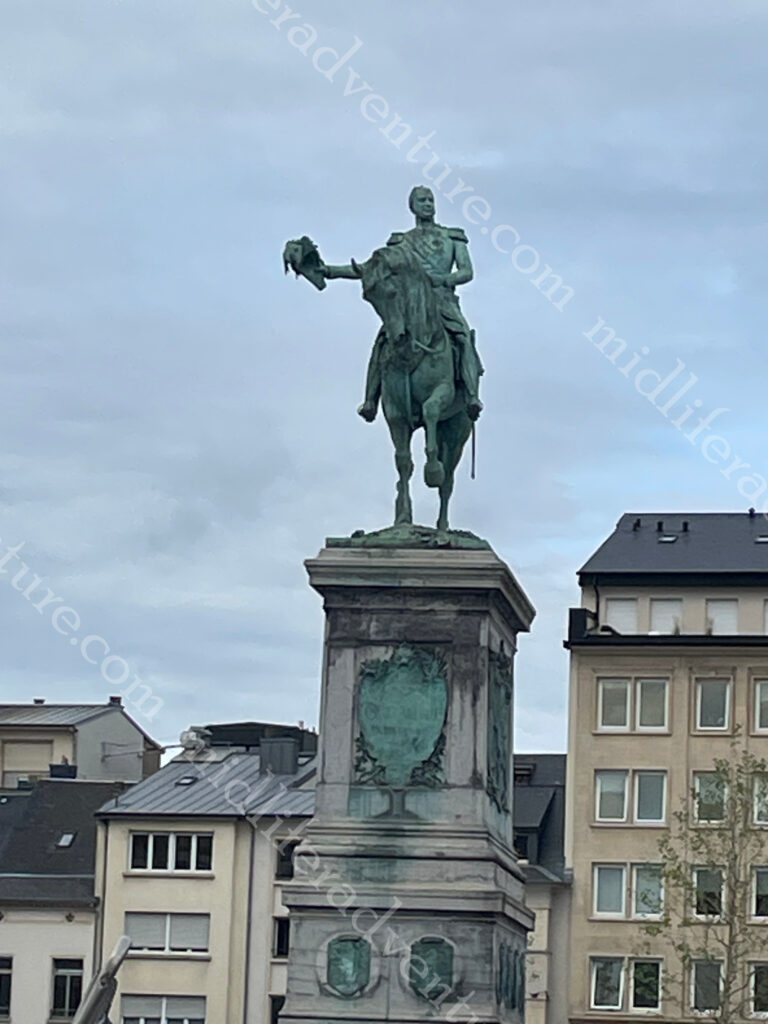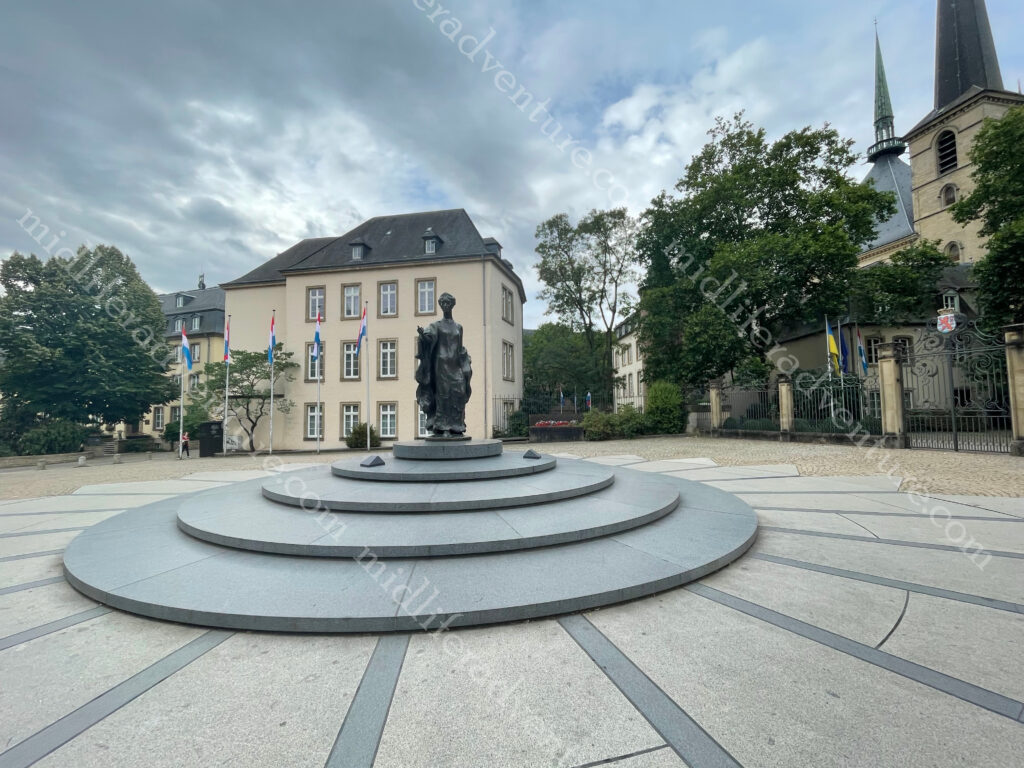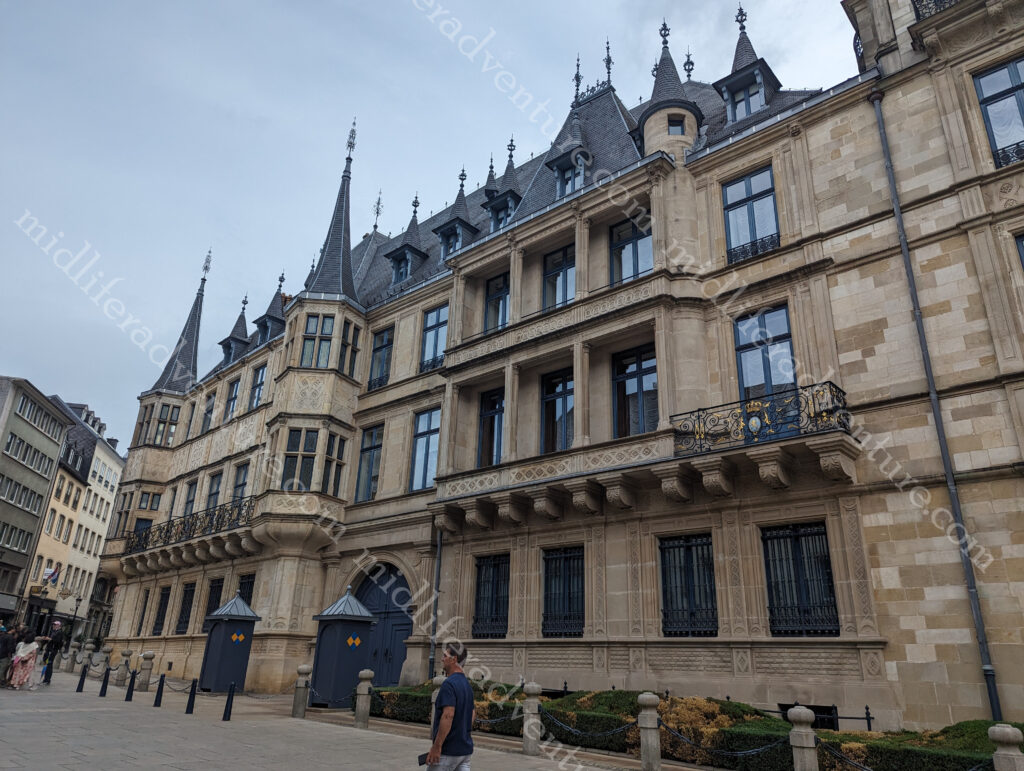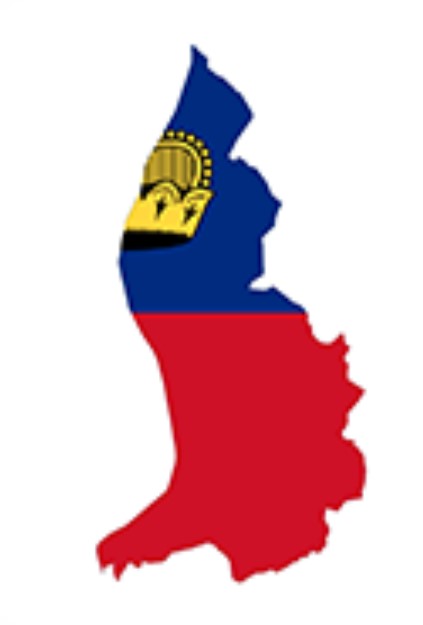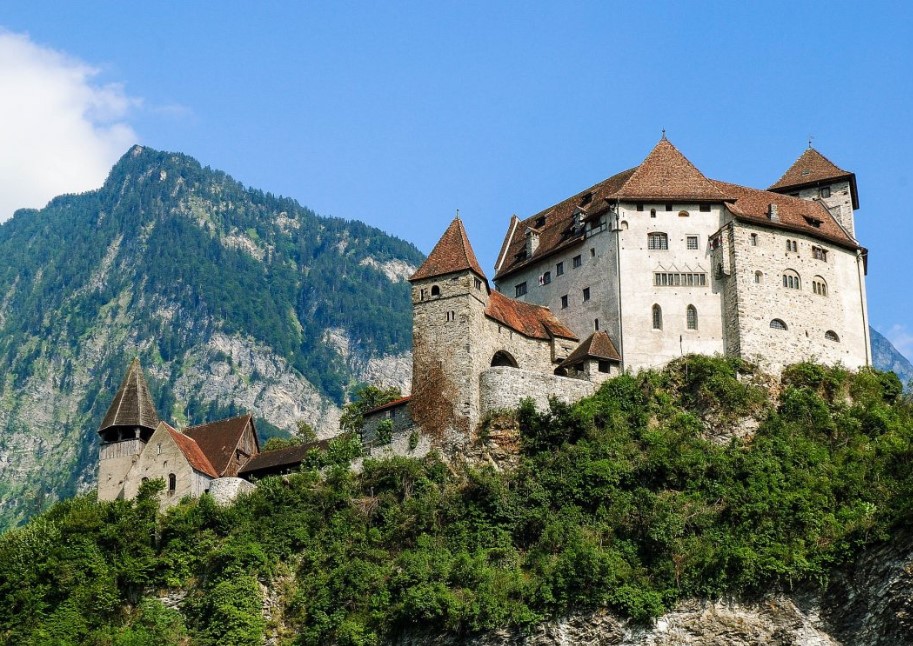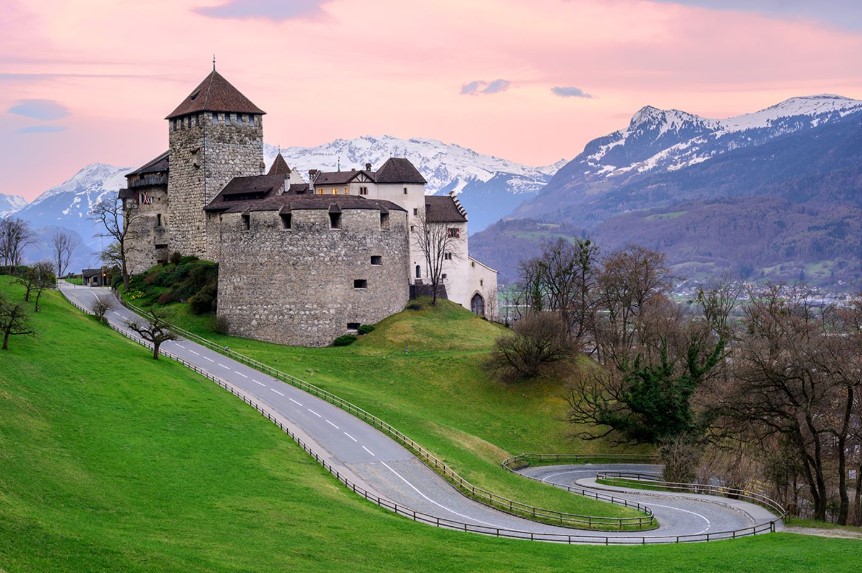Copenhagen is the capital of Denmark, with a population of around 1.4 million (3.8 in the greater Copenhagen area). It sits on the islands of Zealand and Amager. It regularly gets voted in the top 5 most livable cities and the Danes always rank highly on the world’s happiest people.
Copenhagen’s 1,000 year history is reflected in the buildings, museums, sights and attractions that you come across. But in addition to this is the modern infrastructure, innovation and daring architecture that keep it high on the happiness scale.
Copenhagen started as a Viking fishing village back in the 10th century and became the capital of Denmark in the early 15th century.
Denmark has the world’s oldest monarchy. The current reigning Queen
Margrethe II, counts legendary Viking King Gorm the Old (900-958 AD) as one of her ancestors. Royalty is present everywhere in Copenhagen mostly manifesting in the many palaces and regal buildings built by kings and queens throughout the centuries.
Jill could not have put our hotel any closer to the railway station if she had tried.
A funky little joint, directly opposite the station, would make our early morning departure quick and painless.
In the other direction was the historic Tivoli Gardens.
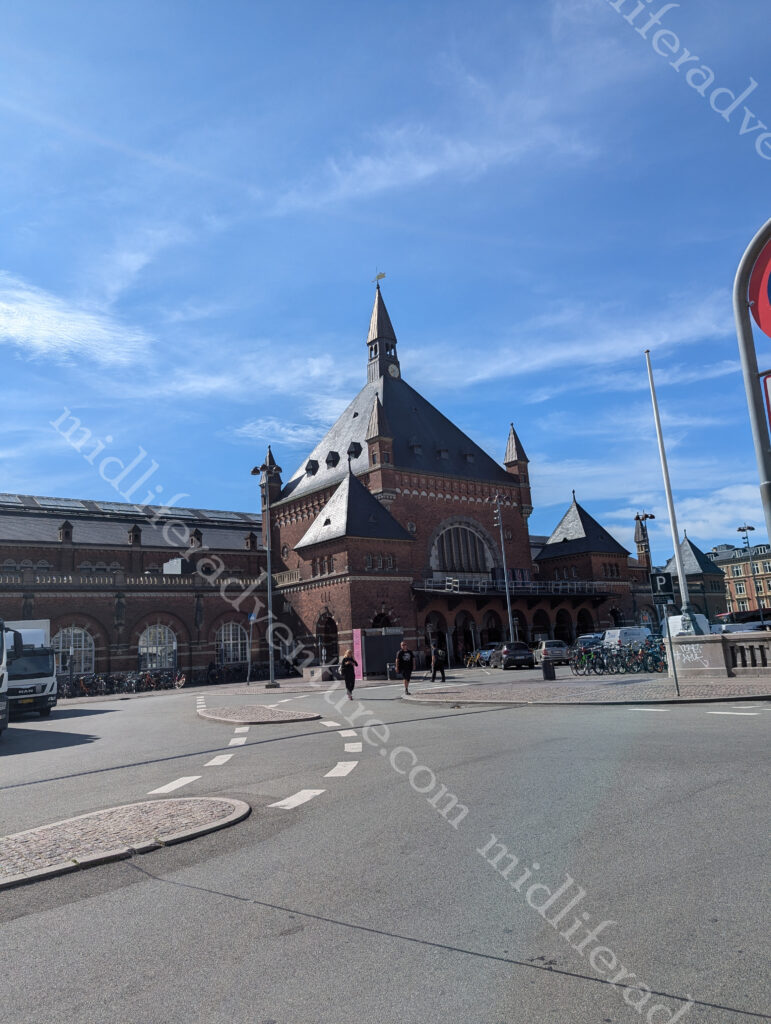
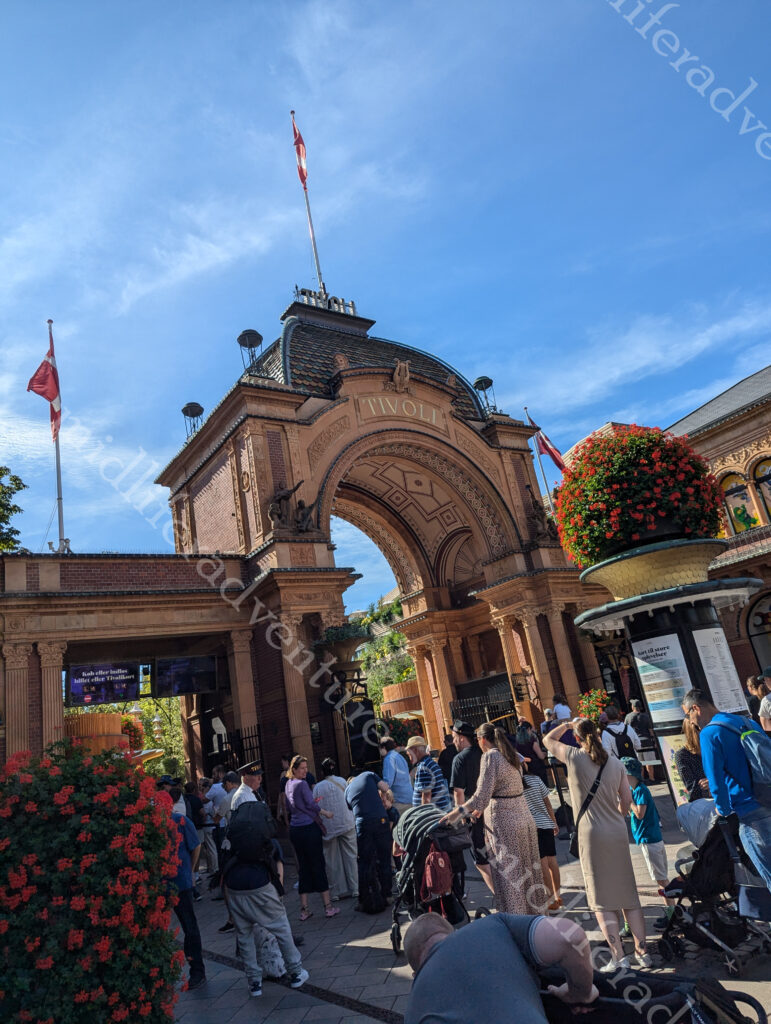
Tivoli Gardens is an amusement park in the middle of town. It first opened its doors on 15 August 1843.
It is the second oldest amusement park in the world (the oldest is Dyrehavsbakken – also in Denmark).
Built in 1914 it has one of the world’s oldest wooden roller coasters that is still operating today.
The area around is known as the Strøget, which is one of Europe’s longest pedestrian streets, running from City Hall Square to Kongens Nytorv (The King’s New Square). It is the city’s main shopping area.
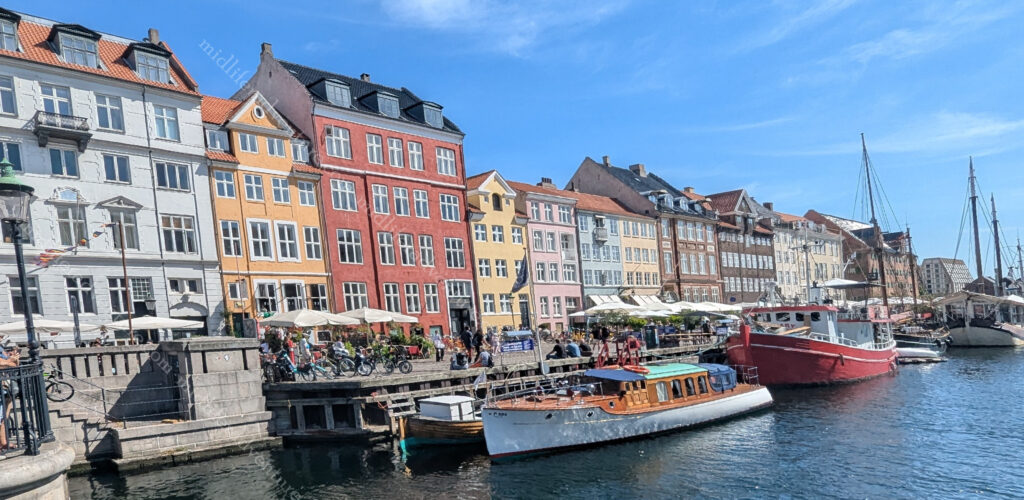
Nyhavn is one of Copenhagen’s most iconic sights, with a row of colourful houses that are now restaurants and bars.
Originally it was a commercial port where ships from all over the world would dock, and was packed with sailors visiting its pubs, alehouses and ladies of pleasure.
The Danish fairy-tale writer Hans Christian Andersen was most famous for his fairy tales even though he wrote novels, poems, plays and travel articles.
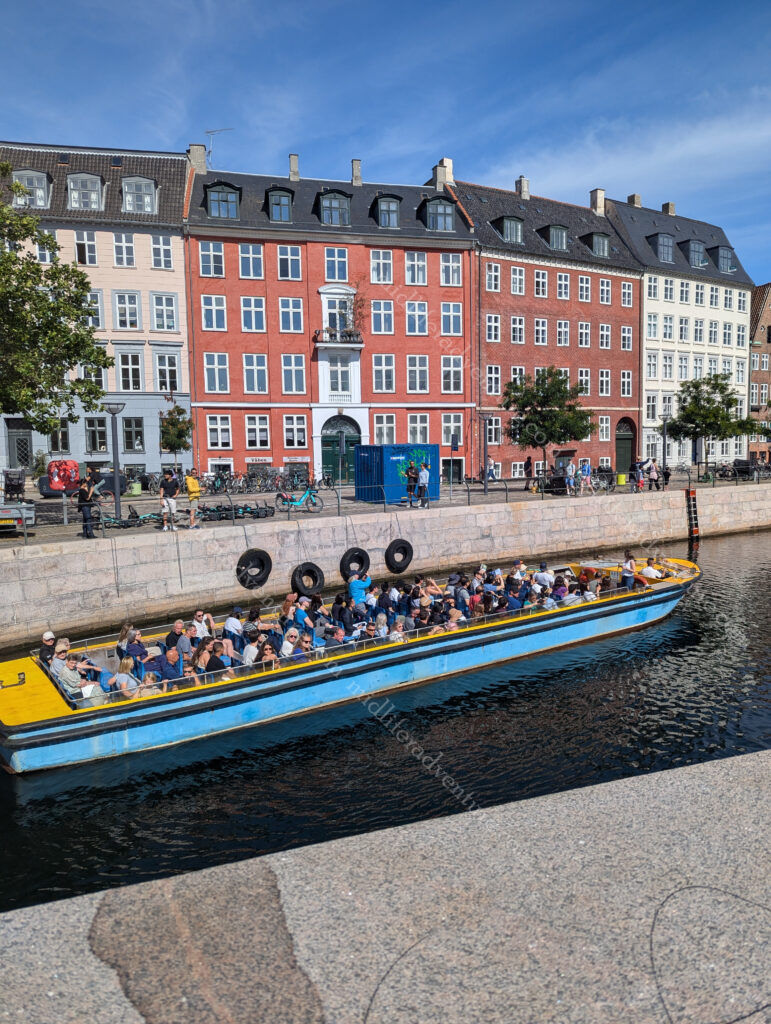
He used to live on Nyhavn in number 20, where he wrote the fairy-tales ‘The Tinderbox’, ‘Little Claus and Big Claus’, and ‘The Princess and the Pea’. He then lived for twenty years in number 67 and for two more years in number 18.
As you pop out near the major canal you find yourself at the the first ever museum in Denmark. Now the Thorvaldsen Museum (displaying the works of Bertel Thorvaldsen) when it opened in 1848 its halls displayed mostly sculptures.




Charlottenborg Palace is a large mansion that was originally built as a residence but has served as the base of the Royal Danish Academy of Fine Arts since 1754.
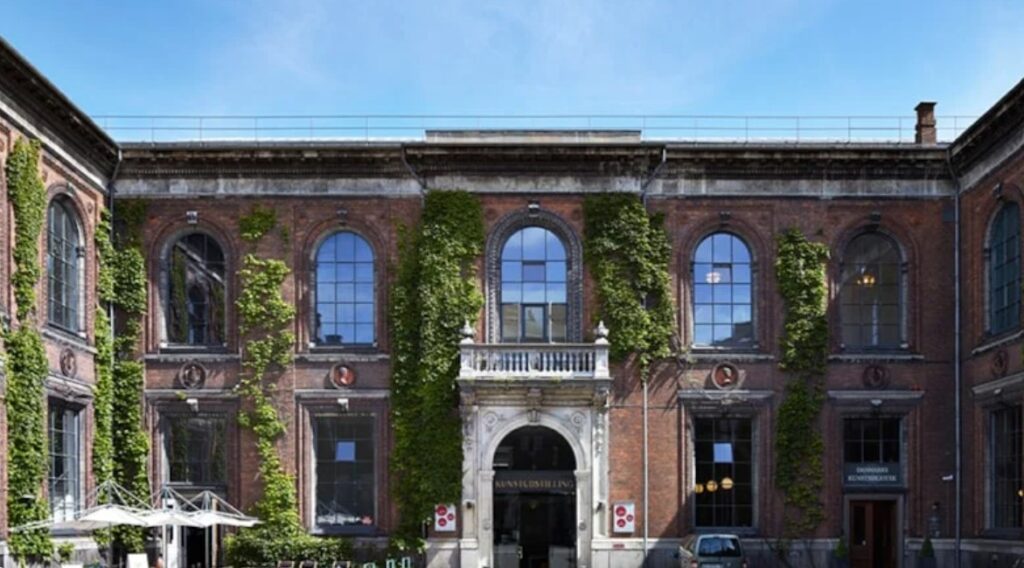
Christiansborg Palace is a former palace and now government building in central Copenhagen. now houses the Danish Parliament, Prime Ministers office, the Supreme Court, and the Ministry of State. The Great Hall is the most imposing room in the palace and is where you will find Queen Margrethe II’s tapestries.







The equestrian statue of Christian V on horseback was raised in 1688 to celebrate the king who laid out the area.
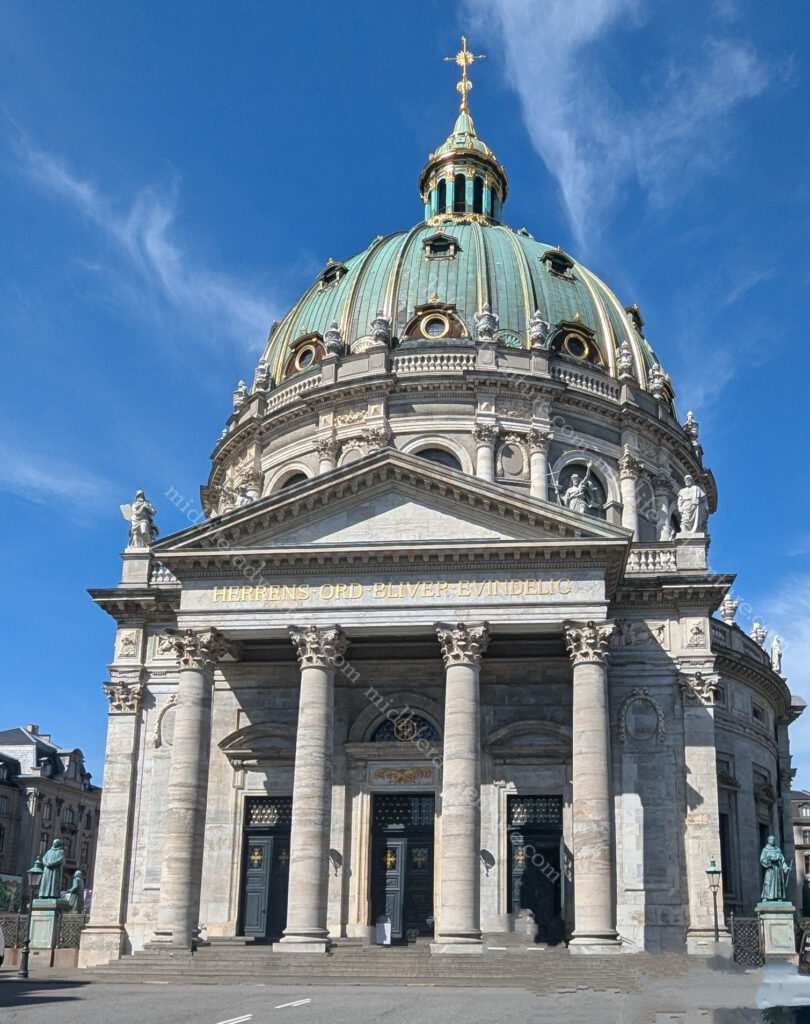
Frederik’s Church, commonly known as the Marble Church sits due west of the Amalienborg Palace and forms the focal point of the Frederiksstaden district.
It is an Evangelical Lutheran church, the foundation stone was laid on October 31, 1749 but it stood as a ruin for nearly 150 years until it was finally finished until 1894.
St. Alexander Nevsky Russian Orthodox Church is the only Russian Orthodox church in Copenhagen. It was built by the between 1881 and 1883, prompted by Princess Dagmar of Denmark’s marriage to Alexander Alexandrovich.
They later ascended to the Russian throne as Tsar Alexander III of Russia and Tsaritsa Maria Feodorovna.
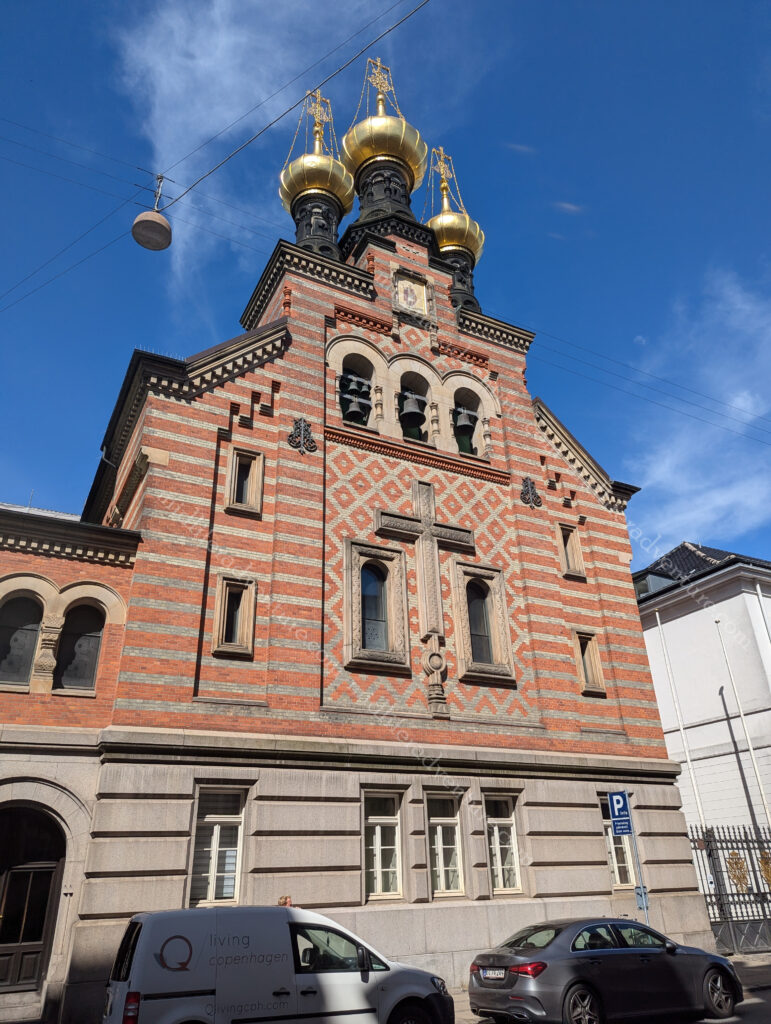
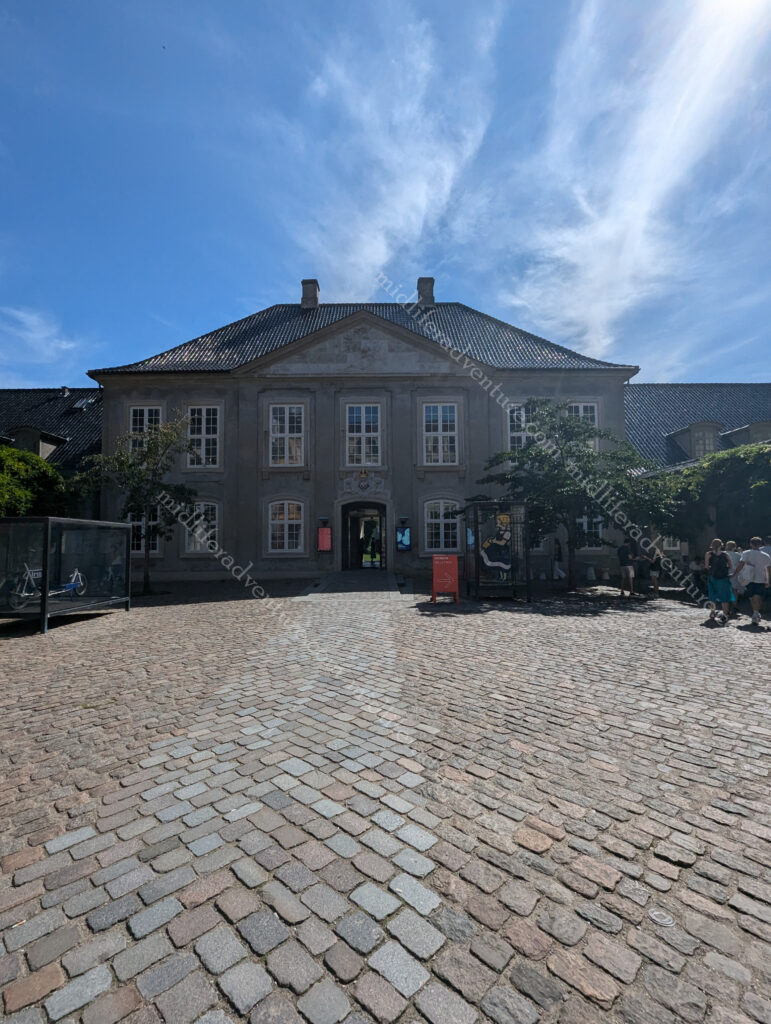
Around the corner you find yourself at the Design museum. Originally the first public hospital in Denmark the museum now offers displays of decorative art, crafts, and industrial designs from the late Middle Ages up to the present.
The National Museum of Denmark showcases everything from Viking treasure, the 3,000 year old Sun Chariot, the Egtved girl’s grave through to Egyptian mummies and renaissance art.
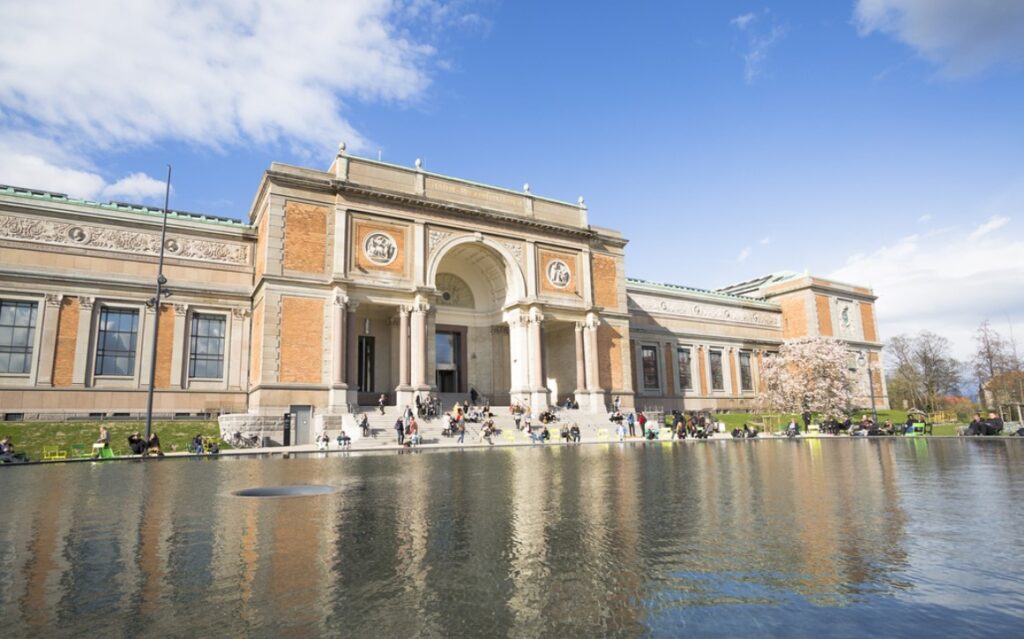
No trip to Copenhagen is complete without going to see the Little Mermaid. But to get there you have to take a fair hike through Kastellet. This one time Citadel is now a public park but still houses one of the best preserved fortresses in Northern Europe. It is shaped like a pentagon with bastions at its corners. There are a number of buildings located within the grounds including the Citadel Church as well as a windmill and various military buildings.







The Little Mermaid is a bronze statue depicting a mermaid becoming human. It is based on the fairy tale by Hans Christian Andersen.
It is a small and unimposing statue and has been a Copenhagen icon since its unveiling in 1913.
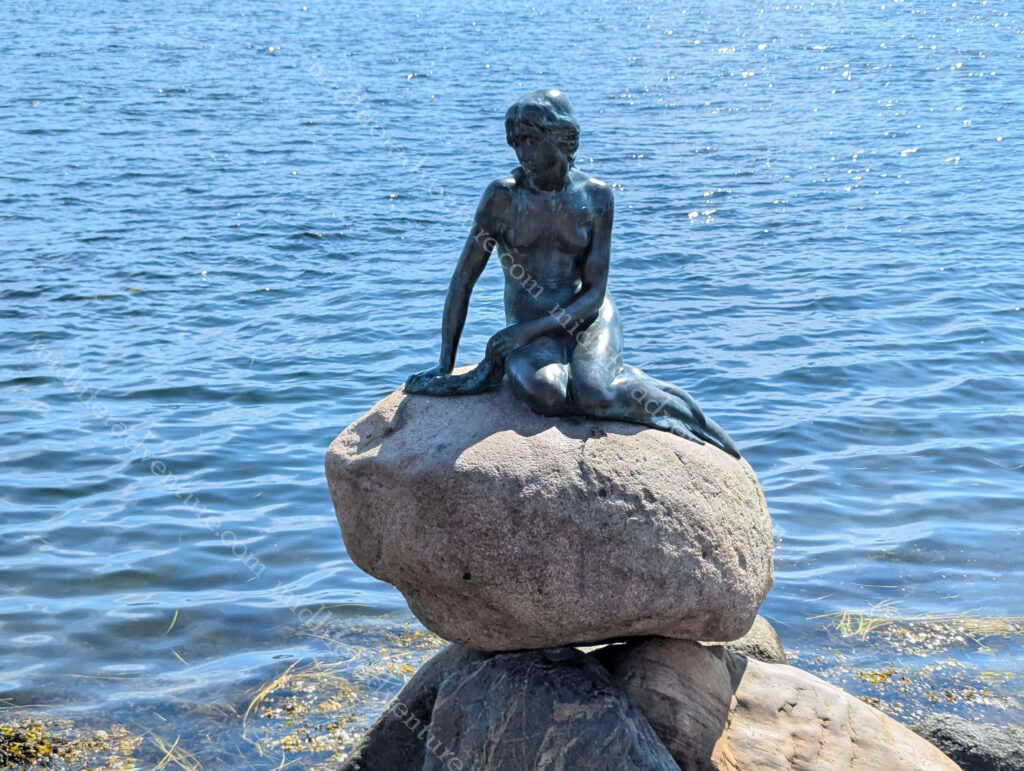
Rosenborg Castle sits in the centre of Copenhagen and was originally built as a country summerhouse in 1606-1607. It sits in the middle of the King’s Garden and is home to the Danish Crown Jewels, Crown Regalia, and gems. The park was created by King Christian IV in the early 1600s for parties and frivolities. Today the park is open to the public.











Amalienborg Palace Frederik VIII’s Palace was built during 1750-60 for Baron Joachim Brockdorff. Today the palace is The Royal Family’s private residence.




An hour outside of town you will find Kronborg Castle, ‘home’ to Shakespeare’s Hamlet.

The first castle on this spot was built in the 1420s. Ships passing into the Baltic Sea paid tolls at Kronborg Castle and Helsingør was once one of the most important towns in Europe.
The modern castle has the same dimensions as when they enlarged the castle (upwards), the old one was not torn down. They just built on top of it.




Deep under the castle you’ll meet Holger the Dane (Holger Danske), an imposing stone statue. Holger the Dane is a legendary figure in Danish culture and according to legend, if Denmark is ever in trouble, he’ll waken from his rock throne under Helsingør and defend her.
Our trip to Copenhagen was too short. There is so much history and so much to see and do, you really need much more time than we had available. The problem with this is that Copenhagen is brutally expensive. Accommodation, food and drink will seriously damage the wallet. It is lovely to see but I am not entirely sure that either of us would put this (or most of Scandinavia to be honest) on our must return list. They were all nice and interesting enough, but it may just be a been there done that tick for far northern Europe.

